Richard Wagner – his BIOGRAPHY and his PLACES
Richard Wagner a biography in words and pictures.
The places where Wagner worked and the most important people in his life.
BIOGRAPHIC TIMETABLE (click for more Informations)
BIRTH IN LEIPZIG
Early death of his father
Richard Wagner was born in Leipzig as the ninth child, the house where he was born no longer stands. His father died a few months later and his mother married the poet and actor Ludwig Geyer a little later. It was long puzzled whether Ludwig, to whom Richard was very attached, was his biological father, which would have been very piquant because of his Jewish roots. Today it is assumed that this is not the case. After 2 years the family moved to Dresden.
Ludwig Geyer:
Thomaskirche (St. Thomas Church)
Historically significant for Bach and Luther, St. Thomas Church is the only “Wagner place” in Leipzig that has been preserved. Here he was baptized in 1813 and later received lessons from the then Thomaskantor during his studies.
YOUTH IN DRESDEN
Early death of his beloved stepfather
Richard Wagner was born in Leipzig and spent much of his childhood in Dresden. Due to the early deaths of his father and stepfather, he lived with various families even outside of Dresden. Wagner’s siblings were very musical and due to his stepfather’s theatrical activities, Richard and his siblings came into contact with the stage at an early age. At sixteen, Richard left Dresden to study in Leipzig.
Dresden with Hofkirche:
IN LOVE AS 13-YEAR-OLD IN PRAGUE
Visit to prag he mets his first love
At the age of thirteen, Wagner lived in Dresden and visited Prague and fell unhappily in love with the daughter of a music-loving nobleman and acquaintance of the family, where he was allowed to live. A year later he came once again on foot from Dresden because he had no money for transportation. Two more times he visited the Pachtas later, each time accompanied by his wife. This palace still exists and the beautiful romantic courtyard still charms today. The building is occupied by the beautiful boutique hotel Smetana.
Wagner visited Bohemia, today’s Czech Republic, a dozen times, including the capital Prague several times. In his memoirs he wrote: “Above all, the ancient splendor and beauty of the incomparable city of Prague made an indelible impression on my imagination.”
Palais Pachta (now Smetana Hotel)
This palace still exists and the beautiful romantic courtyard still charms today. The building is occupied by the beautiful boutique hotel Smetana.
Palais Pachta (historisch):
Smetana Hotel:
STUDIES IN LEIPZIG
At the age of 16, Wagner heard Fidelio with the Schröder-Devrient in Leipzig, which, according to him, was the deciding factor to become a professional musician. Two years later he began his musical studies at the University of Leipzig, composed his first works and became interested in politics. In 1833 he left Leipzig to gain professional experience.
FIRST THEATER EXPERIENCES AND MARRIAGE TO MINNA PLANNER
Wander years and Minna Planner
After a year as choir director in Würzburg, which his brother and theater director Albert had helped him to get, the 21-year-old Wagner became music director in Magdeburg. Right at the beginning of his stay, he met Minna Planner, who had an engagement at the theater as “first lover”. They began a stormy affair with later engagement and marriage in Königsberg.
His first opera “Liebesverbot”
Wagner made his debut as Kapellmeister with Don Giovanni at the Goethe Theater in the spa town of Bad Lauchstädt, where the theater company made a summer guest appearance. Wagner was praised, but the economic situation of the theater was desolate and after the first season it went bankrupt. The next year he rehearsed his opera “das Liebesverbot”. Already in the second performance the audience was missing and a wild brawl among the theater staff forced Wagner to stop the performance.
Minna received an engagement to Königsberg and Wagner followed her in 1836.
Minna Planner:
Goethe Theater Lauchstädt:
The Goethe Theater was inaugurated in 1802 in the presence of Goethe and is still an active spoken theater today. When Wagner made his debut in 1834, the wooden theater was rotten, the roof had sunk a meter and had to be provisionally supported with stone columns.
Goethe Theater Lauchstädt:
Wagner house Bad Lauchstädt
Richard Wagner stayed in this neat little house during his stay at the Goethe Theater. Minna Planner was also a guest in the same house. On the very first day, Wagner is said to have wooed Minna at the window. At number 22 there is also a boarding house where Wagner stayed.
Goethestrasse 14 Bad Lauchstädt:
Breite Weg Magdeburg
Wagner’s extravagance was already apparent in his younger years, and he was soon overindebted. He wrote in a letter: “My small apartment on the ‘Breite Weg’ had become highly repugnant to me, since I found a court summons nailed to the door every time I returned home; from then on I avoided it completely.”
The rows of houses were destroyed during the Second World War.
Historic picture Breite Weg:
ESCAPE TO PARIS AND LACK OF SUCCESS
Paris as his obsession
Wagner’s lifelong dream was to succeed in Paris; it was almost obsessive how he sought recognition in the European capital of opera. No less than ten times he stayed in Paris for longer periods.
Meyerbeer the jew
In Paris, during his first longer visit of almost two years, he wanted to stage his “Rienzi”. Meyerbeer, who was immensely successful in Paris, supported him, but his work was not accepted at the Opéra. Wagner showed no gratitude to Meyerbeer; all his life he accused the “Jew” Meyerbeer of ill-will. So he left Paris for Dresden.
Giacomo Meyerbeer:
EXKURS ANTI-SEMITISM
Meyerbeer awakens the antisemitism
With his Parisian beginnings and the hatred of Meyerbeer, anti-Semitism awoke in Wagner. Whenever things went badly for him in life, he shifted the blame to Jews whenever possible; Mendelssohn also felt this. Wagner wrote entire treatises on Judaism (e.g., Judaism in Music 1848) and noted in his diary about the Jew: “In nature, it is so that wherever there is something to scrounge, the parasite sets in.”
These words found fertile ground with Cosima and laid the foundation for the Nazi-friendly Bayreuth of the 1920s and 1930s, which continued to plant itself through Cosima to Winifred.
The caricatures of Jews in his operas
There is conjecture (but not confirmed by Wagner) that his characters such as Hagen, Mime, and Beckmesser, with their clumsy tones, are parodies of Jews. Uncreative people greedily in search of success and gold. But Wagner’s addiction to waste and luxury was also gigantic. This resulted in astronomical mountains of debt, which Wagner pushed in front of him throughout his life. Thus money was always a dominant theme of Wagner’s life, but “Wagner found the addiction to gold immoral only among Jews and Frenchmen” (Gutman, “Richard Wagner”).
The grandsons Wolfgang and Wieland Wagner with Adolf Hitler:
INSPIRATION AT THE CASTLES OF GERMANY
Inspiration Wartburg
Richard Wagner was in Eisenach several times. The first time in 1842 and the second time in 1849 on his escape from Dresden. He always visited Wartburg Castle, even involuntarily in 1872, because he briefly got off on transit and then the train left without him. Naturally, because of Luther’s Wartburg Castle, which became the setting for his Tannhäuser, the city took on an important significance for Wagner, and he showed it to Cosima and Siegfried in 1879 on the occasion of his last visit to Eisenach.
Wartburg Castle
Wartburg Castle towers over Eisenach and is an imposing castle. Of course, Luther is the main character of the castle, but Wagner also occupies an important space with many musical events (check Event schedule). The castle can be visited, guided tours and events are offered.
The Wartburg:
Musical background – The minnesinger contest at Wartburg
The first opera which is based on medieval sagas
Wagner began his work on Tannhäuser at the age of twenty-nine. The libretto was completed the following year and the score was completed in 1845. The opera bears the double title “Tannhäuser and the Minnesingers’ Contest at Wartburg”, which reflects the fact that Wagner drew the plot of the opera mainly from two sources. On the one hand it is the collection of poems of the “Sängerkrieg auf der Wartburg” (in which the two most famous minstrels Wolfram von Eschenbach and Walther von der Vogelweide are said to have taken part) and on the other hand the Tannhäuserlied about a minstrel with an unsteady way of life. Wagner now combined an invented love story of Tannhäuser and his pilgrimage to the pope with the singer’s contest at the castle of the Thuringian landgrave. The Heinrich of the singer’s contest became the Tannhäuser.
With the Tannhäuser we encounter a similar constellation as in the Meistersinger: An outsider wants to change the traditional rules of art and fails due to the inertia of society. Tannhäuser and Stolzing are brothers in spirit with the difference that the latter wins the bride and Tannhäuser does not. Tannhäuser in unlucky in this opera, he is cursed three times, first by the Thuringian court, then by the singers’ guild and finally even by the pope. Hail is at least approaching through Elisabeth, for she in turn is a sister in the spirit of the Senta and sacrifices herself for her beloved Tannhäuser. The theme of the woman’s sacrifice and the artist’s redemption runs like a red thread through Wagner’s life.
Link to the online opera portrait of Tannhäuser:
https://opera-inside.com/tannhauser-by-richard-wagner-the-opera-guide-synopsis/
Teplice and Strekov Castle
Inspiration for his operas
Wagner visited Teplice several times in his younger years. Particularly significant were the two trips he made in 1842 and 1843 from Dresden, 50 kilometers away, where he had recently been appointed Kapellmeister. The area seems to have stimulated his imagination; he worked on his operas there on several occasions. Especially the nearby castle Strekov inspired his imagination for the creation of his “Tannhäuser”
Strekow a romantic castle
This castle sits picturesquely on a rock above the Elbe. Many painters, such as Caspar David Friedrich, stayed at the castle. When Wagner saw the castle, he was working on Tannhäuser and was thrilled. In his memoirs he later reported: “For this I was attracted to the so romantically situated castle Strekow, where I took my quarters for several days in the small guest room, in which a strawbed was prepared for me at night. Daily ascents of the Wostrai, the highest peak in the area, refreshed me, and the fantastic solitude revived my youthful courage in such a way that one moonlit night, wrapped in a bare sheet, I climbed around on the ruins of the Schreckenstein, thus becoming a missing ghostly apparition for myself, whereby the thought of being perceived with horror by someone delighted me. Here I wrote down in my pocket book the detailed plan for a three-act opera “The Venus Mountain”, to which I later completely faithfully executed the poem.
Strekov Castle:
https://www.lobkowicz.cz/en/strekov
CAREER LEAP AS KAPELLMEISTER AT THE COURT OPERA IN DRESDEN
Return to Dresden as a Kapellmeister
In 1842, after 10 years of wandering, Wagner returned to the Dresden Court Theater. First for the performance of his works and two years later as court conductor. His “Liebesmahl der Apostel” was first given in the Frauenkirche with an impressive performance (the church was destroyed in World War II). Next he staged his opera “Rienzi” and had a great success with it.
After the success of Rienzi, the “Dutchman” fails
Next was the flying Dutchman. The premiere took place on January 2, 1843, at the Royal Court Theater in Dresden. Wagner himself stood on the conductor’s podium. After the triumphant premiere of Rienzi at the same venue three months earlier, Wagner hoped for another success. He was disappointed, however, and the audience received his music extremely lukewarmly, and the production was terminated after four performances. Wilhelmine Schröder-Devrient was said to have been an impressive Senta, but the staging and the other singers did not meet Wagner’s expectations. The success of the Dutchman did not really take off until the adapted version of the Zurich production of 1852. This was followed two years later by the premiere of “Tannhäuser”.
Inspiration in saxon Switzerland
Wagner loved to walk in nature during the summer months. Several times he spent weeks and months in the Saxon Switzerland in Graupa/Pirna. He also found inspiration for the medieval legends at Schrekow Castle in nearby Teplice and at Wartburg Castle in Eisenach.
He met the revolutionary Bakunin as an active participant in the May Uprising. Finally, in 1849, he had to flee the city as a wanted revolutionary. His path led him first to Weimar.
The building of the Court Opera burned down completely in 1869.
Court opera Dresden:
INSPIRATION IN NATURE
Romantic walks
In 1846, a three-month summer vacation took Dresden Kapellmeister Richard Wagner to nearby Graupa / Pirna in Saxon Switzerland. Long walks with his Dog Peps led him to the “Liebethaler Grund” and the famous rock formation of the Bastei.These romantic destinations in the Elbe Mountains touched the 33-year-old and spurred his romantic creativity to the creation of his “Lohengrin“.
Wagner Monument at Liebthaler Grund:
Destinations Wagner museums Lohengrinhouse and hunting castle
In 1907, Wagner’s former vacation home became the oldest Wagner museum ever. In 2013, the Wagner Year, it was renovated and supplemented with excellent exhibitions in the hunting lodge and its garden. A worthwhile visit for opera fans.
Lohengrinhouse Graupa:
https://www.wagnerstaetten.de/
Hiking trail to Liebethaler Grund and Wagner monument
Wagner enthusiastically explored the surroundings and hiked to Liebethaler Grund several times. Near the hydroelectric power plant is the largest Wagner monument in the world, which was erected in 1933. It commemorates Lohengrin and depicts Wagner as the guardian of the Grail. The hiking trail leads along the wildly romantic course of the Wesenitz River.
Hiking Trail to the Liebethaler Grund:
The Bastei also deeply impressed the composer and encouraged him to immerse himself in the world of legends.
Bastei:
ESCAPE TO LISZT IN WEIMAR
Liszt helps Wagner generously
Wagner fled to Liszt in Weimar in 1849 when he was wanted by a warrant. Liszt generously helped him with shelter and money for the journey to Zurich and promised him to perform his “Lohengrin” planned for Dresden. Thus, in 1850, the Weimar Court Theater became the premiere venue for this romantic opera by the wanted Wagner.
Wagners Warrant:
Court Theater
Goethe took over the management of the court theater in 1791 and together with Schiller led it to blossom. Later Maria Pavlovna, wife of Grand Duke Carl Friedrich of Saxe-Weimar-Eisenach developed it into a musical theater and hired Franz Liszt as court conductor in 1842. The theater subsequently became an important cultural center and, in addition to Lohengrin, also became the premiere venue for Humperdinck’s “Hansel and Gretel” in 1893, by none other than Richard Strauss, who was for a time Kapellmeister in Weimar and also presented some symphonic poetry here for the first time. At the beginning of the 20th century, a new theater building was constructed on the same site.
The old Court Theater:
EXILE IN ZURICH
Musical background: “Tristan und Isolde”
Wagner was inspired to write the love opera “Tristan und Isolde” by his extramarital relationship with Mathilde Wesendonck, who entered his life in 1852. He met the 24-year-old in his exile in Zurich. The story that followed is well known: her husband Otto became his Zurich patron, and Wagner began a secret relationship with Mathilde, who lived in close proximity (which Wagner always claimed in later years was platonic). In 1854, the 41-year-old Wagner wrote to Liszt that “until now he had never enjoyed the real happiness of love and he now wanted to set up a monument to her.” The plot of “Tristan and Isolde” is significant: Tristan (Wagner) and Isolde (Mathilde) cannot come together on earth because of Isolde’s marriage to King Marke (Otto). Wagner uses part of his motifs for the second act from “Träume,” the fifth of her Wesendonck songs, which he based on poems by the gifted literary woman.
Link to the online opera portrait of Tristan und Isolode:
TRISTAN UND ISOLDE by Wagner – opera guide and synopsis (opera-inside.com)
Villa Wesendonck / Museum Rietberg
In 1857, Wagner moved into an annex (the “Asylum”) of the Villa Wesendonck in the Enge quarter of the city of Zurich. This building is now a museum for non-European culture and can be visited; the asylum no longer stands.
Villa Wesendonck (today Museum Rietberg):
Hotel Baur au lac
In this first-class hotel, Richard Wagner read for the first time to his Swiss friends from the epic “The Ring of the Nibelung”. He read the entire Ring on four evenings in the ballroom “Le petit palais”. Later, he also performed the first act of Die Walküre in concert.
https://www.bauraulac.ch/
Baur au lac 1910:
THE TANNHÄUSER FIASCO IN PARIS
In 1860 he made another attempt to conquer Paris, but his artistic fortunes in Paris never recovered from the Tannhäuser fiasco at the Grand Opéra.
The Tannhäuser fiasco in Paris
In order to promote familiarity with his works, Wagner conducted three concerts of excerpts from various operas at the beginning of 1860. Among the audience were all the musical celebrities of Paris at the time, such as Berlioz, Rossini, Meyerbeer, Auber and Gounod. The response was extraordinary and Wagner, with the help of the wife of the Austrian ambassador, managed to get Napoleon III to order the performance of “Tannhäuser” the following year. What happened in 1861 went down in the annals of opera history. Wagner adapted the work to the conventions of the Grand Opéra; among other things, the Bachanale of the first movement was expanded with a ballet, and a French-language libretto was created. Wagner personally staged the opera, taking 164 rehearsals to prepare the sometimes overworked musical staff. But the performances turned into a fiasco. The Jockey Club, a larger group of dandies, sabotaged the performances because they were accustomed to appearing only in the second act, when their mistresses performed the usual ballet. In protest that Wagner performed the ballet in the first act, they unpacked whistles and interrupted the play with noise and heckling. Deeply hurt and heavily in debt, Wagner ended the Paris adventure after three performances.
Salle Pelletier of the Grand Opéra:
TRISTAN FIASCO IN VIENNA
Richard Wagner was a frequent visitor to Vienna. Already at the age of 19 his first long journey took him to the city on the Danube. Later his opera performances often took him to the Viennese venues, where he celebrated great triumphs (Lohengrin and Tannhäuser) but also experienced one of his greatest ignominies (Tristan):
Wagner hoped to solve his money problems with the performances of the just finished “Tristan”. But one theater after another refused to stage it. The last hope of the heavily indebted Wagner was Vienna. But after many months, 77 rehearsals and further bill debts, the end came: the work was unperformable, the singers hopelessly overtaxed, was the verdict of those involved. Without the income from a performance, he was threatened with prison because of his debts. Before he was thrown into the Vienna debtors’ prison to force payments to his creditors, he fled the city (allegedly in drag), which, next to the Tannhäuser fiasco in Paris, was Wagner’s greatest life ignominy and led to his greatest life crisis. After his departure, he wrote to a Viennese friend: “A good, truly helpful miracle must come my way now, otherwise it’s all over!” The miracle did indeed occur in the form of Ludwig II.
In addition, his most bitter critic, Eduard Hanslick, was Viennese and from there made his life difficult with his sharp pen. Wagner took his revenge with the famous Viennese reading of the “Meistersinger von Nürnberg”
Eduard Hanslick
Hadikgasse 72
During this time, Wagner lived for several months on Hadikstrasse in very luxurious conditions, which, as usual, he could not afford. As always, he furnished his apartment with sinfully expensive furnishings. He also received the young Brahms there and worked on the “Meistersinger von Nürnberg”. Today, a plaque commemorates this time with the text: “Misery made him grow wings. In this house Richard Wagner worked in 1863-1864 on his sunniest work during the bleakest period of his life: ‘Die Meistersinger’ donated by loyal friends in 1902.
Hotel Imperial
In 1875 Wagner came to Vienna as a European celebrity together with his entourage for a performance of Tannhäuser. He stayed in the city’s first luxury hotel, the Imperial, which had been opened shortly before and was the abode of kings and the super-rich. As befitted Wagner (who suffered from pressing financial worries because of the financing of the Festspielhaus) immediately moved into a 7-room suite including a specially purchased concert grand piano. He visited the Imperial and Vienna for one last time the following year. The Imperial saw kings and world artists, but only one was granted a portrait relief on the hotel facade: Richard Wagner.
Musical background: Wagner’s reading of the “Meistersinger”
The story of this work is the singer contest of the Meistersinger where the winner is awarded the beautiful daughter of the Meistersinger Veit Pogner. The bland, aging Merker (whose job it is to count the singing mistakes) Sixtus Beckmesser applies but subsequently makes a mockery of himself. Wagner originally called the character of Beckmesser “Hans Lick” or “Veit Hanslich,” referring to the feared Viennese music critic Hanslick. The latter had been fond of Wagner in his early years and was one of the first to write a sympathetic review of the freshly published “Tannhäuser” in 1845. He gained the composer’s trust and in the same year had insight into the first sketches of the “Meistersinger”. Subsequently, he turned away from Wagner’s music and wrote bitter words about the “Lohengrin” (“poverty of musical thought”) or the “Tristan” (“the systemized non-music”). Maliciously, Wagner invited the critic to the reading in Vienna in 1862, when he recited the complete text of the “Meistersinger” for the first time in a small circle. Hanslick understood the allusion (the character was still called Hans Lick there) and later became a powerful adversary against the New Germans around Wagner as a spokesman for the conservatives around Brahms.
Listen to how Beckmesser mishandles his song of praise and becomes a laughing stock:
THE MIRACLE OF MUNICH
Penniless in Vienna
Richard Wagner was completely penniless in 1864 after his Tristan fiasco in Vienna. What he did not know was that Ludwig II had left a theater in 1861 after a performance of Lohengrin, deeply moved and in tears.
His salvation
When he called Wagner to Munich in this fateful year of 1864, he rescued the composer from his greatest life crisis. He subsequently became his patron. However, Wagner’s exorbitant demands placed an excessive burden on the state coffers, and in 1865 Wagner had to leave Munich in direction of Lucerne-Tribschen against the king’s will under pressure from the royal government.
Ludwig II, of Bayern:
One of the most glorious moments
The premiere of “Tristan” was the most glorious moment of Wagner’s work in Munich. Ludwig had the power and the means to mandate a performance in Munich that had failed in Vienna. With the help of Hans von Bülow and the gifted singer couple von Caroldsfeld, a production of “Tristan” was successfully mounted in Ludwig’s Munich theater. On June 10, the acclaimed premiere took place at the Munich National Theater. The impact of the work was tremendous. Although the next production would not take place until 9 years later (in Bayreuth), the work met with a huge response and began to radiate across the continent.
Wagner cheats on his salvator
Wagner’s operas were the greatest experience of Ludwig’s life and his correspondence with the composer fills binders. He immersed himself in the world of Wagner’s legends and had Neuschwanenstein built. The king remained loyal to him over the many years, despite the many monstrosities of Wagner, who lied to him and trampled on his dearly bought rights to the works, as for example with the “Rheingold”:
The Rheingold Case
Ludwig II, who owned the performance rights to “Rheingold,” was put off for years with a first performance. At some point, he no longer wanted to wait for St. Never-Never-Day, and in 1869 decided to tackle the first performance in Munich. Wagner was horrified and wanted to talk the young king out of the plan, since he wanted to perform the first performance in his festival theater and as part of a Ring cycle. But Ludwig was determined to carry out his plan. Wagner did everything possible from faraway Tribschen to sabotage the performance, but without endangering the king’s generous pension, which ensured him a comfortable life in Tribschen. Ludwig was incensed by Wagner’s intrigues and even considered cutting off his financial support to the master.
The dream of a german school
Wagner later suggested to Ludwig II that he establish a center for the training of German singers and musicians in Nuremberg. Wagner published the paper “Was ist deutsch” in Munich daily newspapers. He even tried to deceive Ludwig with the help of the Prussian Bismarck. He had to accept heavy reproaches for this from his patron Ludwig II, because he was about to lose his independence from Prussia and therefore vehemently fought everything national German in Bavaria. When Ludwig saw the opera for the first time in tears, he seems to have overlooked Sachs’ closing speech, or he was simply blind to reality.
The Munich National Theater
Today, the Munich National Theater is home to the Bavarian State Opera, the Bavarian State Orchestra and the Bavarian State Ballet. It was the premiere venue for “Tristan und Isolde,” “Meistersinger von Nürnberg,” “Die Walküre” and “Rheingold.” The latter two were performed against Wagner’s will and in his absence. During the Second World War, the building was severely damaged by air raids. The house is an important opera theater and can also be visited with guided tours.
The Bavarian State Opera:
Musical Background – the world premiere of “Meistersinger von Nürnberg” in Munich
Hans von Bülow was the conductor of the premiere. Wagner had stolen his wife Cosima from him years before. Von Bülow suffered greatly from this, which did not diminish his artistic esteem for Wagner. At the time of the rehearsals for the premiere of Die Meistersinger, Cosima had two children by each of the two men, but was officially still together with Bülow. Because Wagner did not want to be without Cosima in Munich and the appearance of marriage had to be maintained, the three of them lived under one roof for months.
The premiere took place on June 21, 1868, at the Royal National Theater in Munich in the presence of the king. It was acclaimed and Wagner received one of the greatest ovations of his life. Wagner accepted the applause in the king’s box. In doing so, he violated court etiquette when he stepped forward and bowed there, which was reserved only for the king. But the king stood blissfully two steps behind him, and wrote a letter of homage to the master in the morning hours.
Link to the opera portrait of the “Meistersinger von Nürnberg”:
Hans von Bülow:
WAGNER-S WOMEN
Wagner was a womanizer; they were attracted to the romantic, understanding man. His loves became his muses and the muses became the characters of his operas: Minna became Senta, Mathilde became Isolde and the strict Cosima became the bitchy Fricka. Like Wotan, Wagner was not averse to cheating; on the contrary, it was his lifelong habit and elixir. He was also not afraid to take the wives of his patrons and friends, Hans von Bülow and Otto von Wesendonck had to experience it.
By the way, the following list of love affairs is not exhaustive; on the contrary, it only shows the tip of the iceberg.
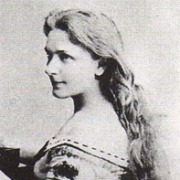
Minna was Wagner’s first wife. She was a successful actress and kept him afloat with her money in the early years. They cheated on each other and quarreled frequently, even at the altar. Her relationship with a merchant preoccupied Wagner, and he dealt with it in the “Flying Dutchman,” where a woman stands between two men. The two grew apart over time. When Minna developed health problems in her middle years, they separated locally. She died in 1866, Wagner supported her until the end of her life.
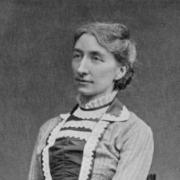
Cosima was secretary, mistress, organizer, mother, advisor and biographer all in one. She cared for her Richard day and night and endured his humiliations and love affairs with iron discipline. She took over the organization of the festival after Richard’s death with courage and a firm hand.
He began a relationship with Cosima when she was married to his devoted interpreter and conductor Hans von Bülow. Von Bülow was terminally unhappy, but continued to adore Wagner the artist. Liszt was very unhappy because of this, and his relationship with Richard Wagner cooled considerably.
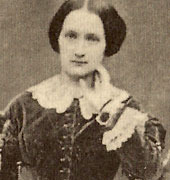
Mathilde was Wagner’s wife and, together with her husband, patron in their Zurich days. Wagner found in her a soul mate as a woman of literary talent and wit. Wagner always claimed that their relationship remained platonic. His great love opera “Tristan and Isolde” has biographical features showing a woman caught between two men.
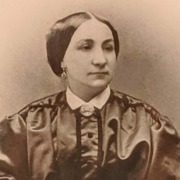
Vereneli Weidmann was Wagner’s servant for 10 years. The unmarried woman named her first child Wilhelm Richard and it strongly resembled Wagner, the next two children too. Wagner had a cordial relationship with Wilhelm.
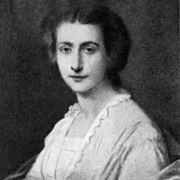
Wagner had a relationship with her sister Blandine before his relationship with Cosima. She, too, was a daughter of Liszt. She must have been a spirited woman; among other things, she inspired him to write the Bachanale from Tannhäuser. Wagner proposed to her, but Blandine did not want to.
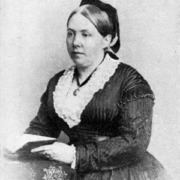
Bordeaux was the site of one of Richard Wagner’s many spicy affairs with women. He met the Englishwoman Jessie Taylor in 1848 in Dresden, who had approached him shyly as a devoted follower. After another meeting in Paris, a letter from Jessie Laussot, by now a married wine merchant in Bordeaux, reached the exile, who was meanwhile staying in Zurich. Wagner hastily leaves Zurich for Bordeaux and is glad to get some distance to his wife Minna. To his friends he gives Jessie’s name as his address (26 Cours du XXX Juillet), but to his wife that of her husband. He reads from Die Walküre to the excellent pianist and perfect German speaker Jessie and Wagner already sees her as his future wife.
When Wagner has to leave Bordeaux again, Jessie’s husband intercepts a letter. He is beside himself and threatens murder. Wagner comes to Bordeaux to mediate. He stays again at the Hotel des 4 Soeurs in room 22, but there he is met by policemen, because the wise wine merchant had left Bordeaux with his wife for safety’s sake. Thus ended the short but violent liaison with Jessie Laussot.
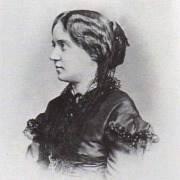
When Wagner retired to Biebrich to write the Meistersinger, the subtle Mathilde Maier was on hand.
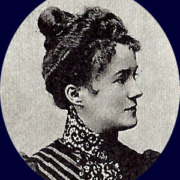
Wagner discovered her in 1881 as a flower girl in Parsifal. Cosima looked the other way as he flirted with her.When the terminally ill Wagner let her come on vacation to Venice under the pretext of an audition, Cosima lost her temper and a terrible quarrel ensued between Cosima and Richard. A few hours later Wagner was dead.
EXILE IN LUCERNE
Exile in Lucerne
Expelled by the Munich government, Ludwig II financed Wagner’s asylum on the southern edge of Lucerne. Wagner lived there with his wife Cosima from 1866 to 1872. The young Friedrich Nietzsche, professor at the University of Basel, frequently visited the Wagners, and Ludwig II also paid his respects (incognito) to the master. Wagner had already been in Lucerne before. He composed the third act of his work “Tristan and Isolde” in the Hotel Schweizerhof 7 years earlier. He arrived with his Érard grand piano and occupied a suite for two months.
Marriage with Cosima
Richard and Cosima were married in St. Matthew’s Church and she bore him three children in Tribschen. It is possible that the generous Wagner also enabled the housekeeper Verena Weidman to have an offspring; the child is said to have been very much like Richard. Wagner also enjoyed the excursions to the neighboring mountains in Lucerne, especially Mount Pilatus.
Lucern:
Friedrich Nietzsche:
Richard Wagner in his Lucerne Asylum in Tribschen
Expelled by the Munich government, Ludwig II financed Wagner’s asylum on the southern edge of Lucerne. The stately home is majestically situated on Lake Lucerne. It was acquired by the city of Lucerne in 1931 and became a Richard Wagner Museum. Wagner lived there with his wife Cosima from 1866 to 1872, and the young Friedrich Nietzsche, a professor at the University of Basel, frequently visited the Wagners, as did Ludwig II in person. The museum is worth seeing especially the Érard grand piano, which accompanied him everywhere, found its way back to Tribschen with the opening of the museum. It was in this house that the first performance of the Siegfried Idyll took place in 1870, which it gave to his wife on her birthday morning with 15 musicians in the stairwell of the villa.
Richard Wagner Museum (Asylum):
https://richard-wagner-museum.ch/
St. Mathew Church
Here Cosima and Richard got married. She had to convert from the Catholic faith. The wedding took place on a small scale, “in silence and without all ceremonies and festivity, the children present and, of course, the curious people who did not let themselves be pushed back (diary entry by Cosima).
Matthäuskirche:
Musical background: Siegfried Idyll
In the opera “Siegfried,” Brünnhilde asks Siegfried to preserve her divine virginity. Wagner developed the musical motif (“Eternal Love”) into an independent composition.It became a composition for a small, 15-piece orchestra. He originally wanted to reserve it for Cosima, but later had to sell on the rights for financial reasons and wrote a version for large orchestra.
More about the Siegfried-Idyll:
https://opera-inside.com/siegfried-by-richard-wagner-the-opera-guide-and-synopsis/#Ewig
BAYREUTH YEARS
The basis for the Gesamtkunstwerk
Wagner’s lifelong dream was to build his own festival house, where he could realize the Gesamtkunstwerk (Total Work of Art) – the unification of the arts of music, architecture, theater and stage design. Wagner chose this provincial town in order to be able to give maximum attention to the performances during the festival without the distractions of a big city.
It was clear to Wagner from the beginning that the performance of such a work was hardly possible in the existing theater landscape.
A lifelong project
The idea of a festival theater was born early on. But it was to take another 25 years before it was completed. Securing the financing for this enormous undertaking cost Wagner a lot of work. In 1872, he moved to Bayreuth with his wife Cosima, and construction work began. Together with many patrons, he succeeded in raising money for the laying of the foundation stone for the Festspielhaus and for the purchase of Villa Wahnfried. The raising of capital to finance the Festspielhaus was slow and he had to travel a lot, giving lectures and conducting, and his heart was badly affected. Once again Ludwig helped him out of a jam with a considerable amount of money. Fortunately, he had a group of young artists around him who helped him with various tasks, and the group was given the nickname “Nibelungenkanzlei”.
Triumph and fiasco
Four years later, the Festspielhaus was opened with Rheingold. The first festival took place in 1876 in the presence of Wilhelm and all the European cultural celebrities and became Wagner’s greatest triumph. However, this first festival was a financial fiasco, which made it take six years until the next festival in 1882, where Wagner premiered his last work, “Parsifal”.
Festspielhaus:
The Wagner childrena (around 1873):
Villa Wahnfried / Richard Wagner Museum
From 1874 Bayreuth and the Villa Wahnfried was the center of life for the Wagner family. It was built according to the wishes of Richard Wagner. After his death it remained the ancestral home of the Wagners. After Siegfried Wagner’s death, his English-born wife Winifred took over and received Adolf Hitler there, among others. It was damaged during the war and served as a US Army quarters for a few years. Afterwards, it was again inhabited by the Wagners for a few years. Later it became the property of the city of Bayreuth, which made the place accessible as the Richard Wagner Museum.
Villa Wahnfried:
The Festspielhaus (festival theatre)
With the Ring and the construction of the Festspielhaus, Wagner completed his vision of the Gesamtkunstwerk: the union of the arts of music, poetry, architecture and stage design. The Festspielhaus still impresses with its excellent acoustics and view of the stage and the covered orchestra pit.
https://www.bayreuther-festspiele.de/
Festspielhaus:
ITALY JOURNEY
The winters in Bayreuth were very cold and foggy and Wagner escaped them by regularly traveling to the south. He had a love-hate relationship with Naples, a love of the joy of life of the people but a hatred of the unbridled noise of the big city. The visit to Ravello on the Amalfi Coast in the garden of Palazzo Rufolo inspired him to create Klingsor’s garden (“I have found the magic garden of Klingsor!”) for his “Parsifal“.
Villa Rufolo in Ravello
This beautifully situated spot can be visited and the gardens are in great shape.
http://www.villarufolo.it/home.html
Villa Rufolo:
Joukowsky’s design for Klingsor’s garden from Parsifal :
Siena Cathedral
In 1880 Wagner spent beautiful and productive days in Siena. He spent a few days at the invitation of Baron Sergardi in his villa outside Siena. The dome of Siena Cathedral was a great inspiration for Wagner for the hall of Montsalvat for his “Parsifal”. He tried to recreate the dome of the cathedral and the floor for the upcoming world premiere in Bayreuth.
https://operaduomo.siena.it/it/
The dome of the cathedral
Joukowsky’s design for the Grail Temple for Montsalvat from Parsifal:
DEATH IN VENICE
Wagner visited Venice half a dozen times. He often stayed briefly at the Danieli and then took up quarters in another place. In 1858 he visited Venice for the first time and had his grand piano brought over the Alps from Zurich, where he composed the second act of “Tristan und Isolde” in the Palazzo Giustiniani.
Four more visits took him to Venice in the following 30 years. Finally, he met his death in Venice.
Funeral gondola for transporting Wagner’s body:
The Wagner family (1881):
Basilica dei frari: Assunta by Titian
Wagner’s visit in 1861 was only brief. He is disappointed to discover that Mathilde von Wesendonck is pregnant by her husband and that the love affair has come to an end. His dejection is blown away after a visit to Titian’s “Assunta” (the monumental depiction of the Assumption) in the Accademia and he decides to compose his great renunciation opera “Die Meistersinger von Nürnberg”. Meanwhile, the Assunta is no longer in the Accademia, but back in the Basilica dei frari, for which it was created in 1517 and where it can be seen (in restoration at the time of printing).
https://www.basilicadeifrari.it/opere/assunta/
Assunta by Titian:
Palazzo Vendramin Venice
In the winter of 1882/83, the Wagner family spent several months in the lagoon city. Wagner was in poor health and died in the palazzo on February 13, 1883. In the meantime, the palazzo belongs to the city of Venice and it runs a casino there. There is a small Museo-Wagner in the side wing. In the garden there is a memorial plaque made by Gabriele d’Annunzio.
https://www.casinovenezia.it/it/museo-wagner
Palazzo Vendramin:
Canaletto’s Painting of the Palazzo Vendramin:
Richard Wagner Museum in Palazzo Vendramin:
Caffè Lavena
Richard Wagner was often in Venice in his late years and always frequented the Caffè Lavena in the procuratie vecchie, the northern arcades of St. Mark’s Square. He became friends with the Signore Lavena and always came at the same hour accompanied by his private gondolier and sometimes with his children to whom he bought an ice cream there.
Caffè Lavena at St. Mark’s Square:
Musical Background: “Meistersinger” and Venice
At the invitation of his Zurich patrons, the Wesendonck couple, Wagner spent a few days with them in Venice in 1861. There he discovered that his secret lover Mathilde Wesendonck was pregnant with her husband’s fifth child. After the love affair was already in a crisis, Wagner realized that this love, which inspired him to “Tristan and Isolde” was over. Now Wagner decided to philosophically transcend this indirect “rejection” and saw himself as Hans Sachs, who renounced love for noble reasons.
The philosophical framework for this was provided by Schopenhauer’s work “Die Welt als Wille und Vorstellung” (The World as Will and representation”), which he had become acquainted with a few years earlier. In Schopenhauer’s pessimistic view of the world, the will of the predator “man” results in destructive torments. This inherent mania leads to war, self-destruction and loss of love, whose only way out is renunciation (of the will).
Sachs “Wahn-monologue” from “Meistersinger von Nürnberg”:
THE FAMILY
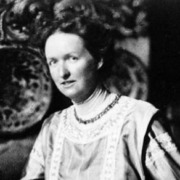
Became Cosima’s confidante. She married Houston Chamberlain, who consistently carried on the anti-Semitic sentiments of the Wagner family. She held conservative positions and was an NSDAP Medal of Honor recipient. Deceased without descendants.
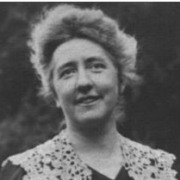
Was forced out by Eva and Chamberlain and married the writer Franz Beidler (their son together, the writer Franz Beidler). They moved away from Bayreuth, but continued to receive financial support from Cosima. She later lost an inheritance case against the Wagner family. Died of tuberculosis in Munich.
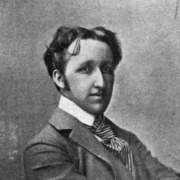
Composer and conductor at the festival. He took over responsibility for the Festival from Cosima in 1908. He was able to reopen the Festival after World War I despite severe financial problems and, despite his homosexuality, married Winifred Williams, an Englishwoman who established a close relationship with Hitler and, after Siegfried’s death, ran the Festival during the Nazi years.
They had four children: Wieland (children Iris, Wolf, Daphne, Nike), Friedelind (no children), Wolfgang (children: Eva, Gottfried, Katharina) and Verena Wagner (children: Amelie, Manfred, Winifred, Wieland and Verena).
Siegfried died only four months after Cosima from a heart attack he had suffered at rehearsals of Tannhäuser.

Richard’s stepdaughter Married an Italian nobleman who committed suicide because of financial problems. They had four children (Manfredi, Maria, Gilberto, Guido). She kept in touch with the family and was financially supported by them as a widow, but remained in Italy.

She married an art historian (childless) and remained loyal to Bayreuth. Bearer of an NSDAP Cross of Honor.
LINKS TO THE OPERA PORTRAITS OF WAGNER
https://opera-inside.com/lohengrin-by-richard-wagner-the-opera-guide-and-synopsis/
https://opera-inside.com/parsifal-by-richard-wagner-the-opera-guide-and-synopsis/
https://opera-inside.com/the-ring-of-the-nibelung-by-richard-wagner-the-opera-guide-and-synopsis/
https://opera-inside.com/rheingold-by-richard-wagner-the-opera-guide-and-synopsis/
https://opera-inside.com/tannhauser-by-richard-wagner-the-opera-guide-synopsis/
https://opera-inside.com/siegfried-by-richard-wagner-the-opera-guide-and-synopsis/
https://opera-inside.com/der-fliegende-hollander-by-richard-wagner/
https://opera-inside.com/die-walkure-by-richard-wagner/
https://opera-inside.com/tristan-und-isolde-by-richard-wagner-the-opera-guide-and-synopsis/
https://opera-inside.com/twilight-of-gods-by-richard-wagner-the-opera-guide-and-synopsis/
Richard Wagner Factsheet
Where was Wagner born?
Leipzig
What was his wife's name ?
The first wife was named Minna Planner, the second Cosima Wagner
In which places did Wagner live?
Leipzig, Dresden, Würzburg, Magdeburg, Königsberg, Riga, Paris, Zurich, Vienna, Munich Lucerne and Bayreuth
What were his most important works?
His operatic works, including his magnum opus the Ring Tetralogy
Where did Wagner die?
Venice, in the Palazzo Vendramin
Where is his grave?
In the garden of the house Wahnfried in Bayreuth
How old did Wagner become?
69 years
What was the cause of Wagner's death?
Heart failure
What was the date of Wagner's death?
February 13, 1883
What was Wagner's most important rival?
Wagner, together with Liszt, took sides against the New Germans around Brahms and Hanslick. Wagner polemicized against Jewish composers such as Meyerbeer and Mendelssohn.
With which artists did Wagner get along particularly well?
He had a long friendship with Liszt, but this cooled off as a result of his illegitimate union with Cosima. In the second half of his life he gathered young people like Carl Tausig, Engelbert Humperdinck and Peter Cornelius around him, in addition he had a close relationship to different conductors and singers
Which were the children of Wagner?
Siegfried, Eva, Daniela (of Cosima). Possibly 3 children by a housekeeper. 2 stepdaughters Blandine and Isolde (from Hans von Bülow and Cosima Wagner)
What were the names of Wagner's librettists?
He wrote his libretti himself

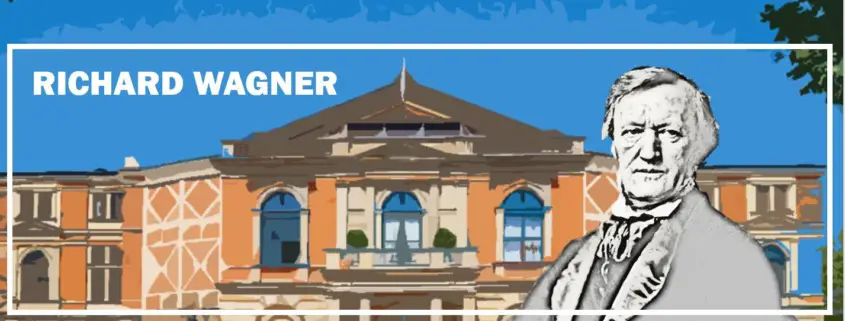
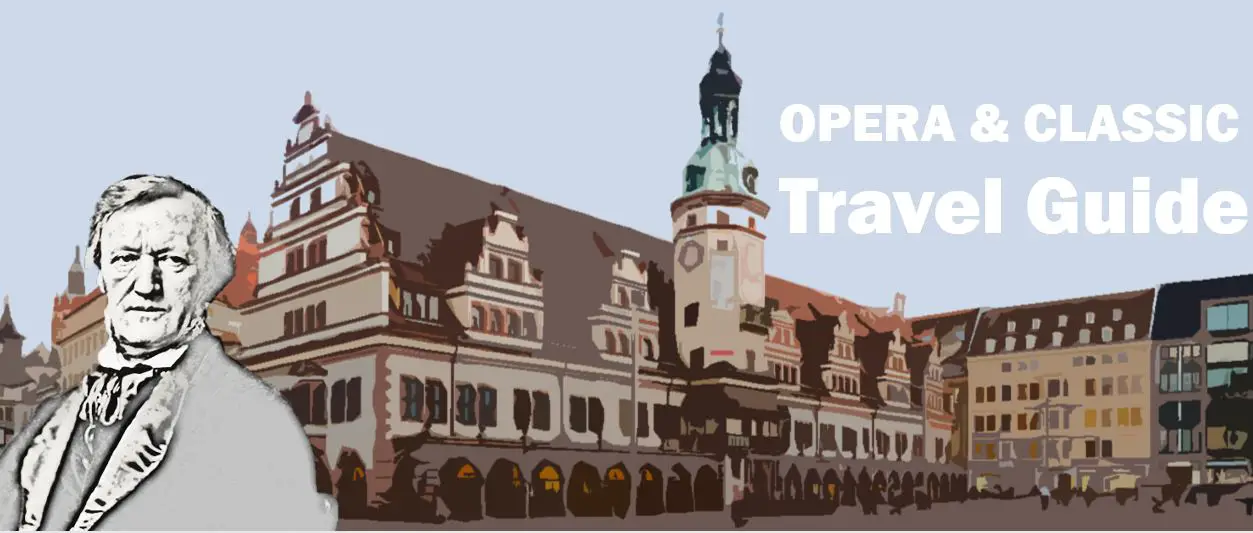
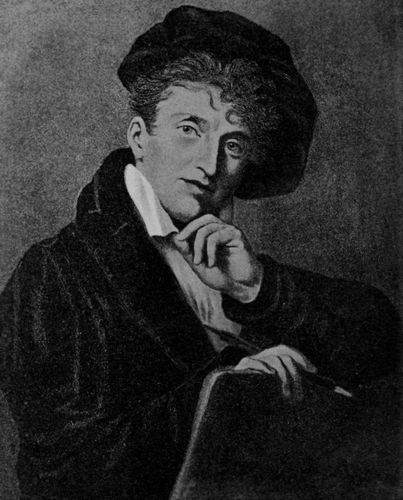
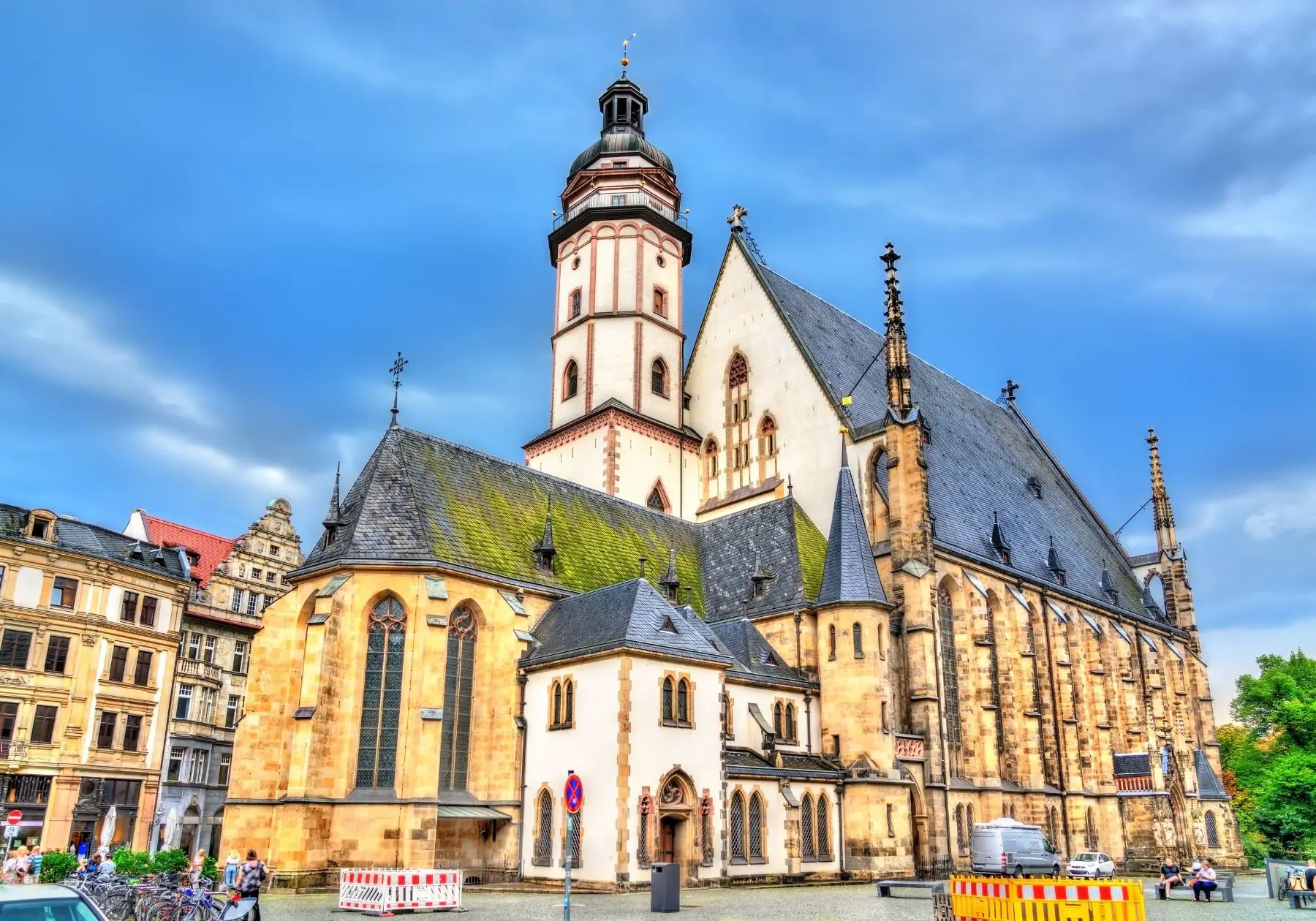
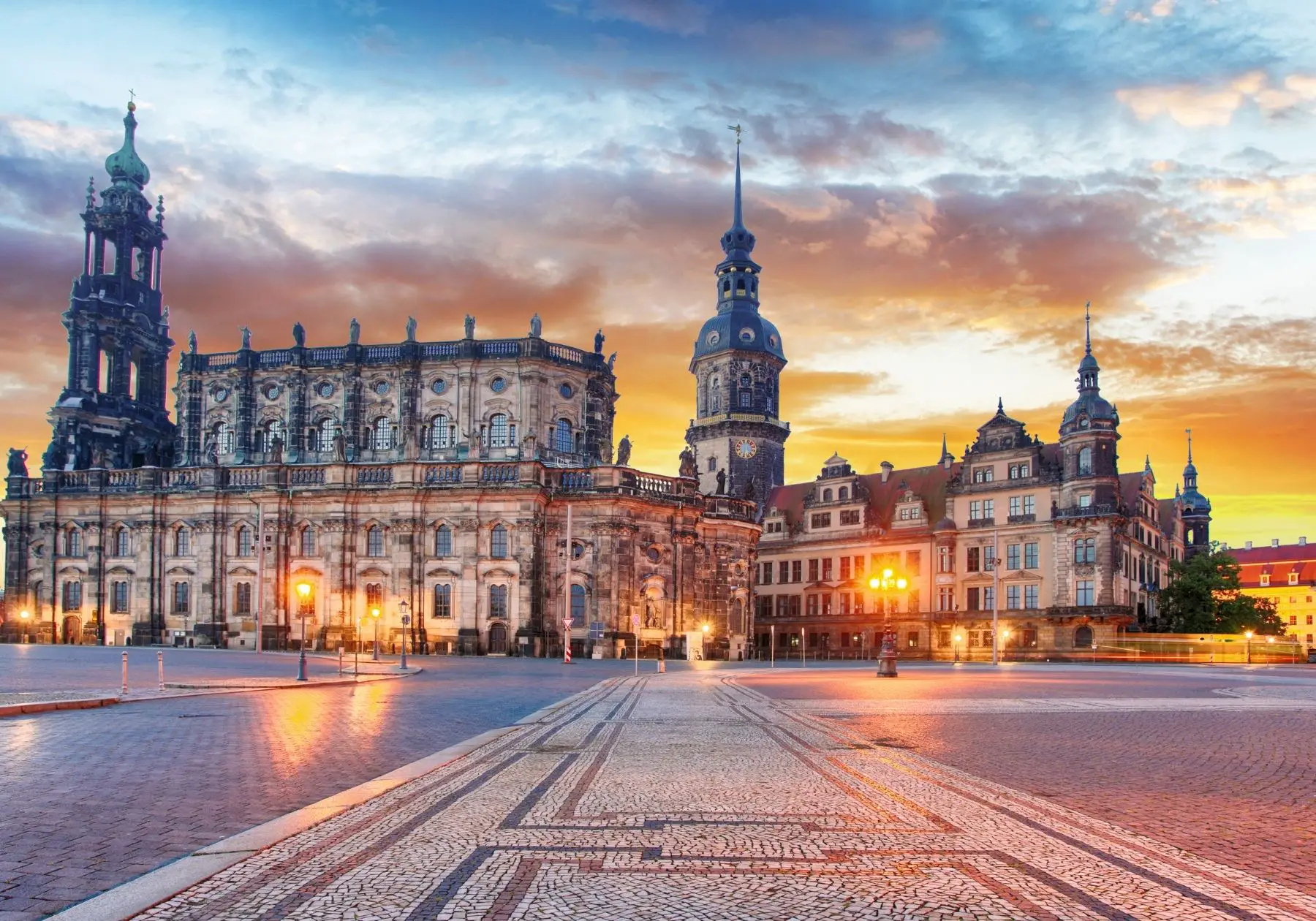
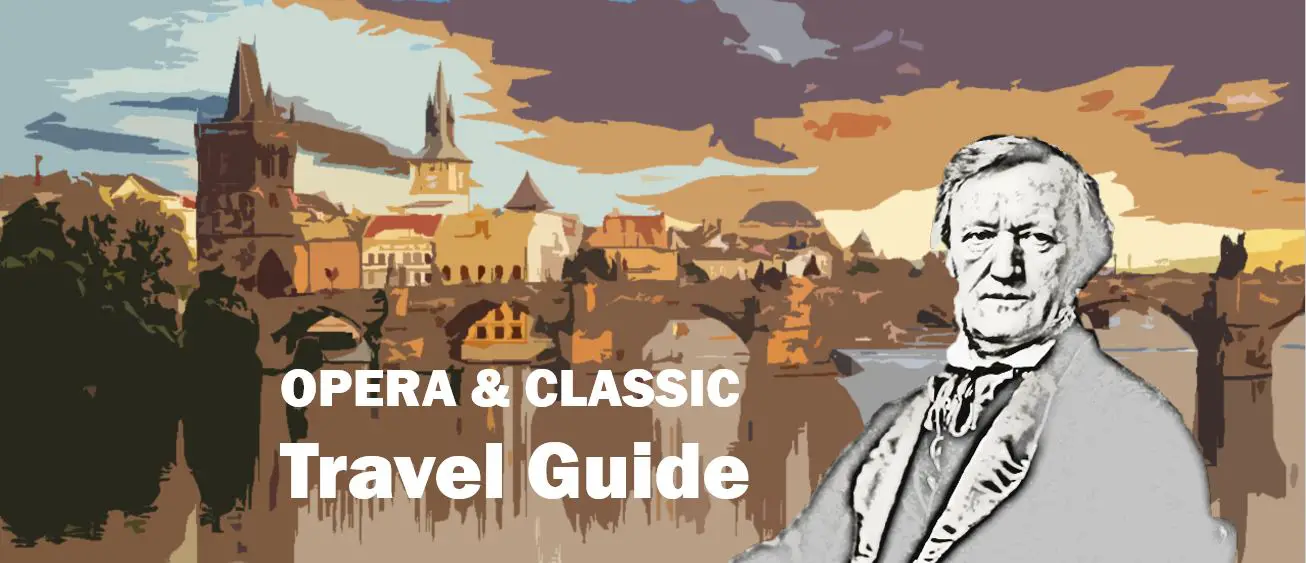
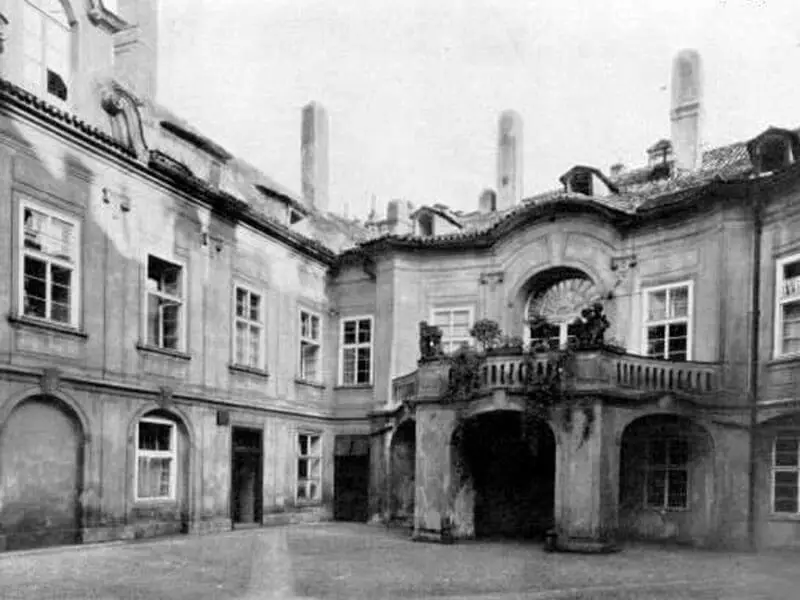

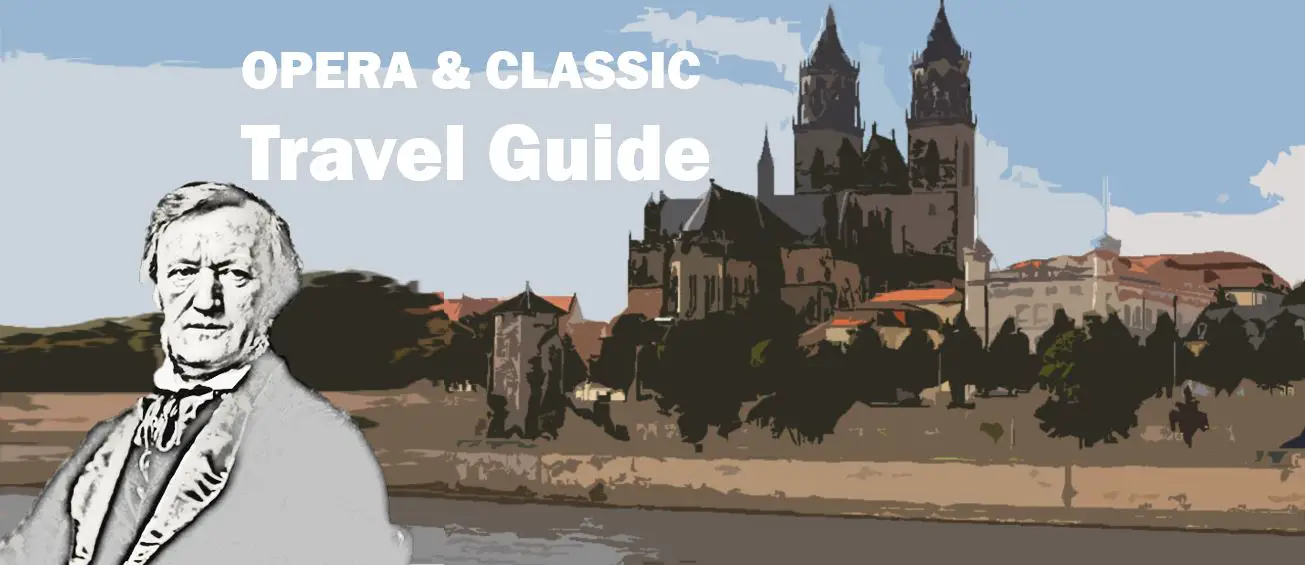
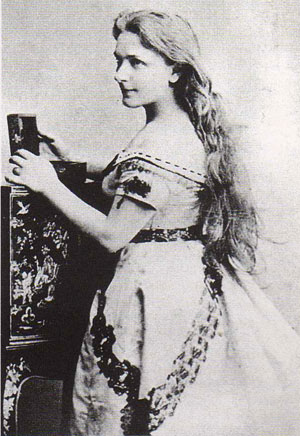
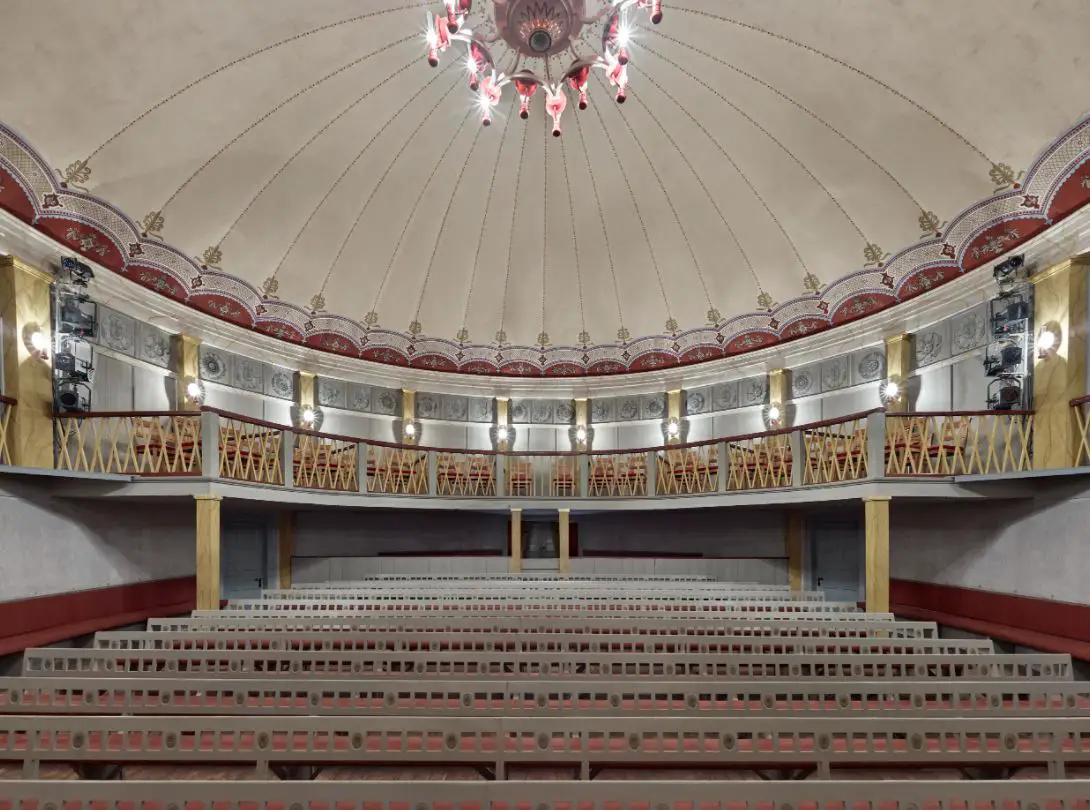
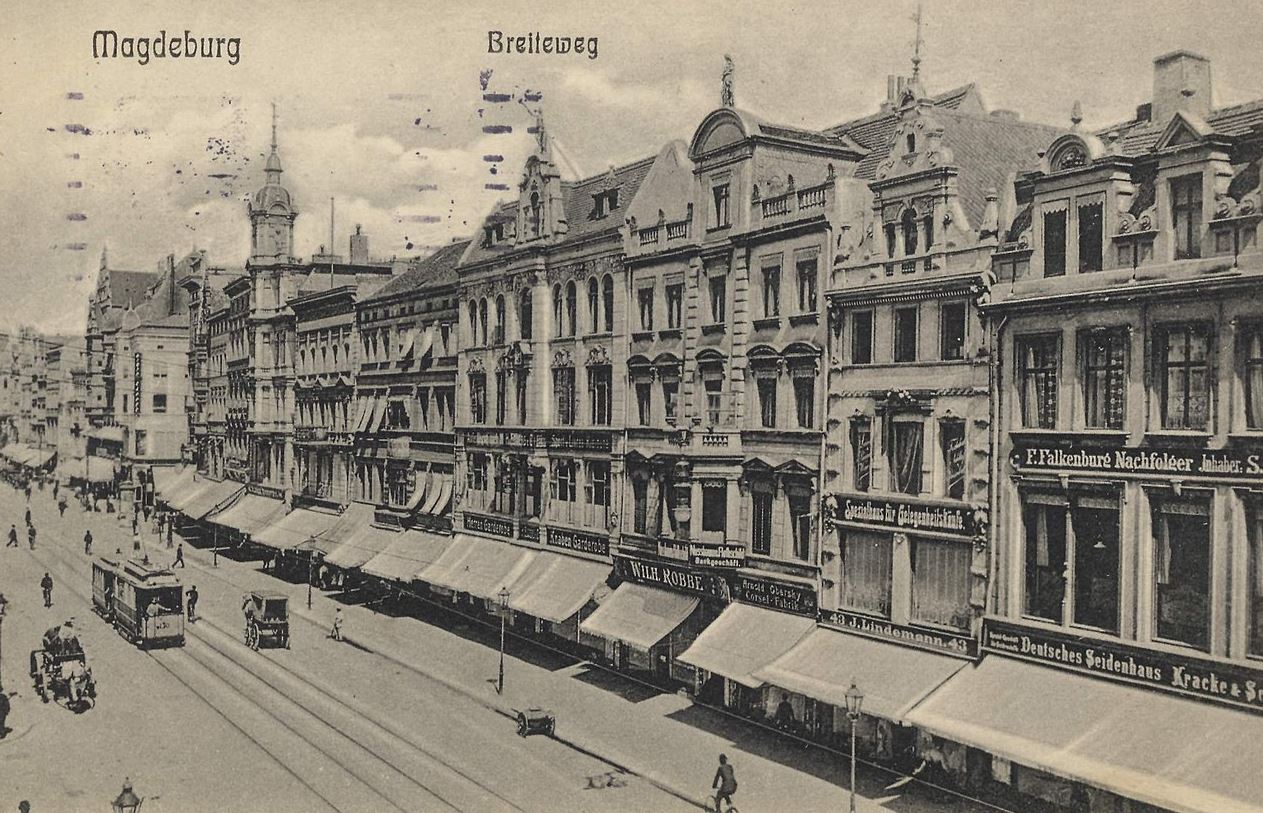
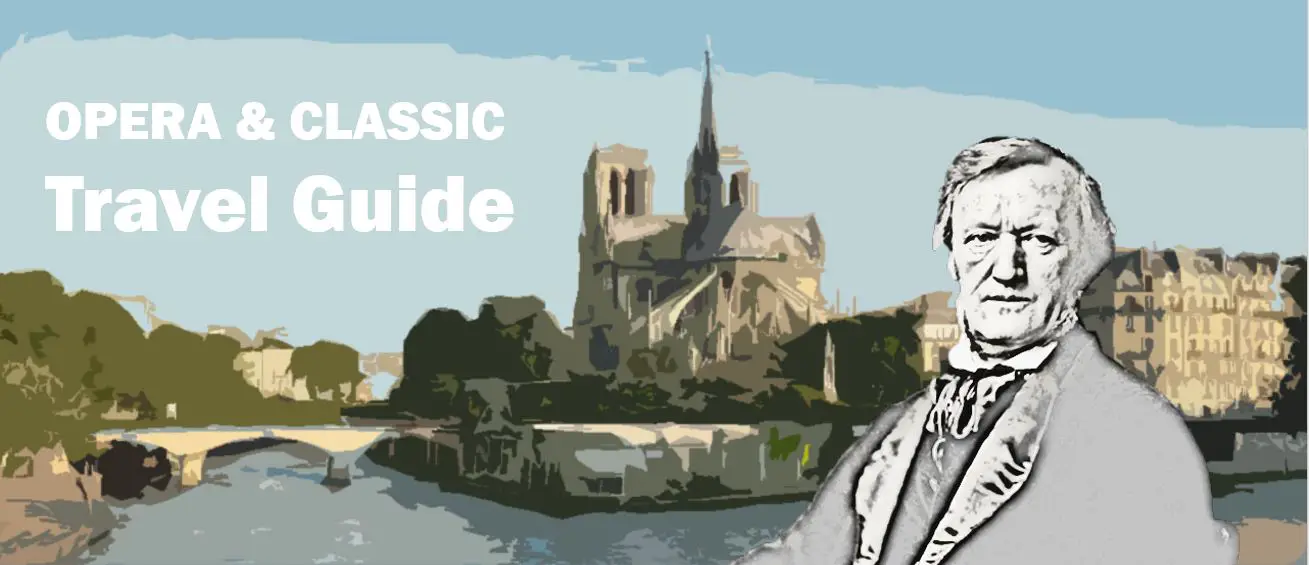
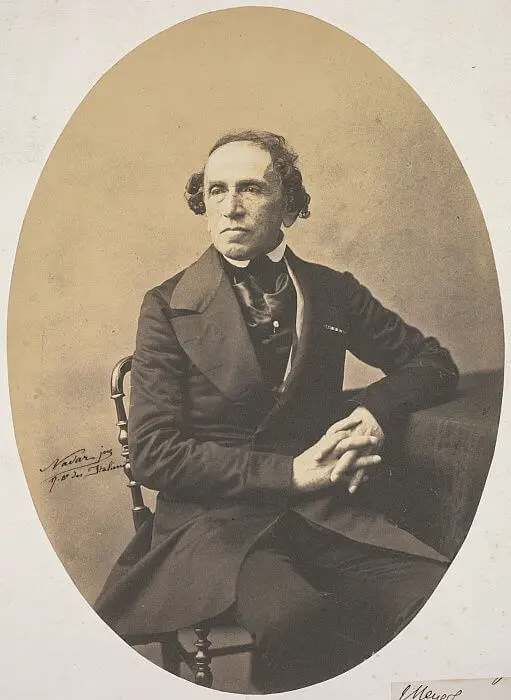
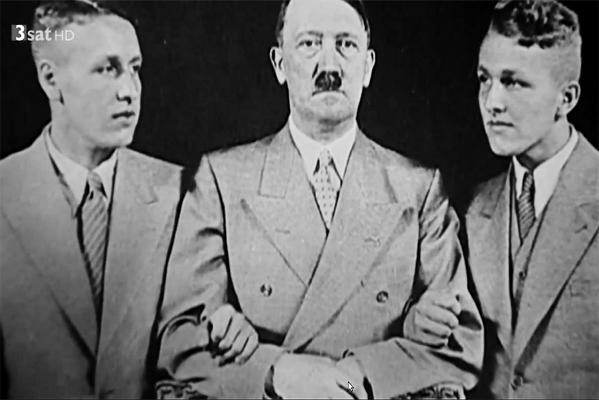
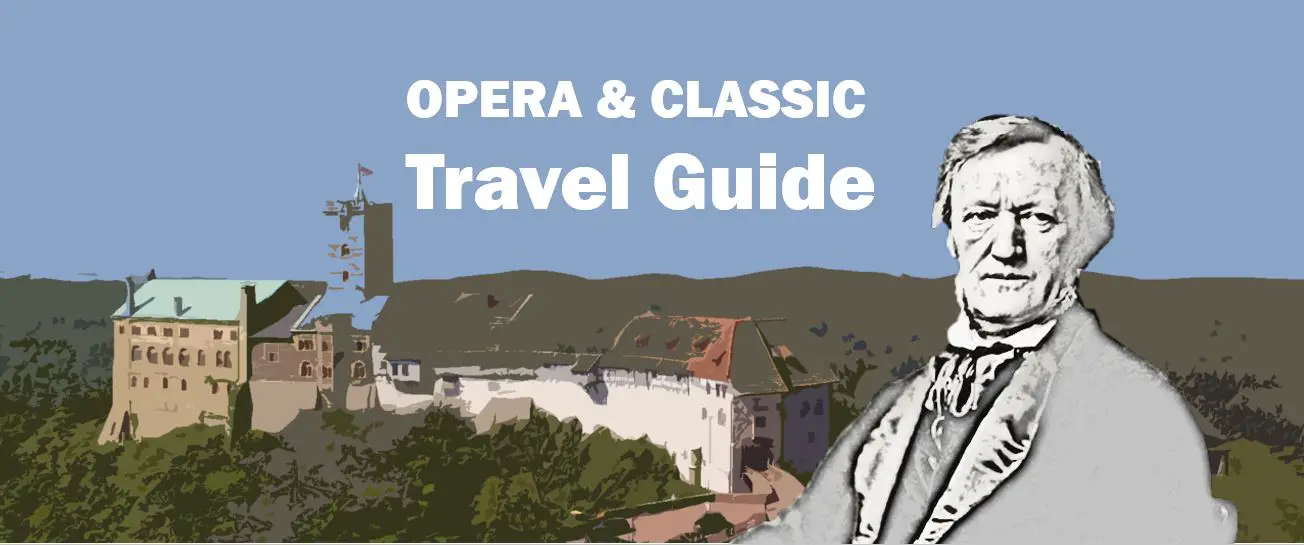
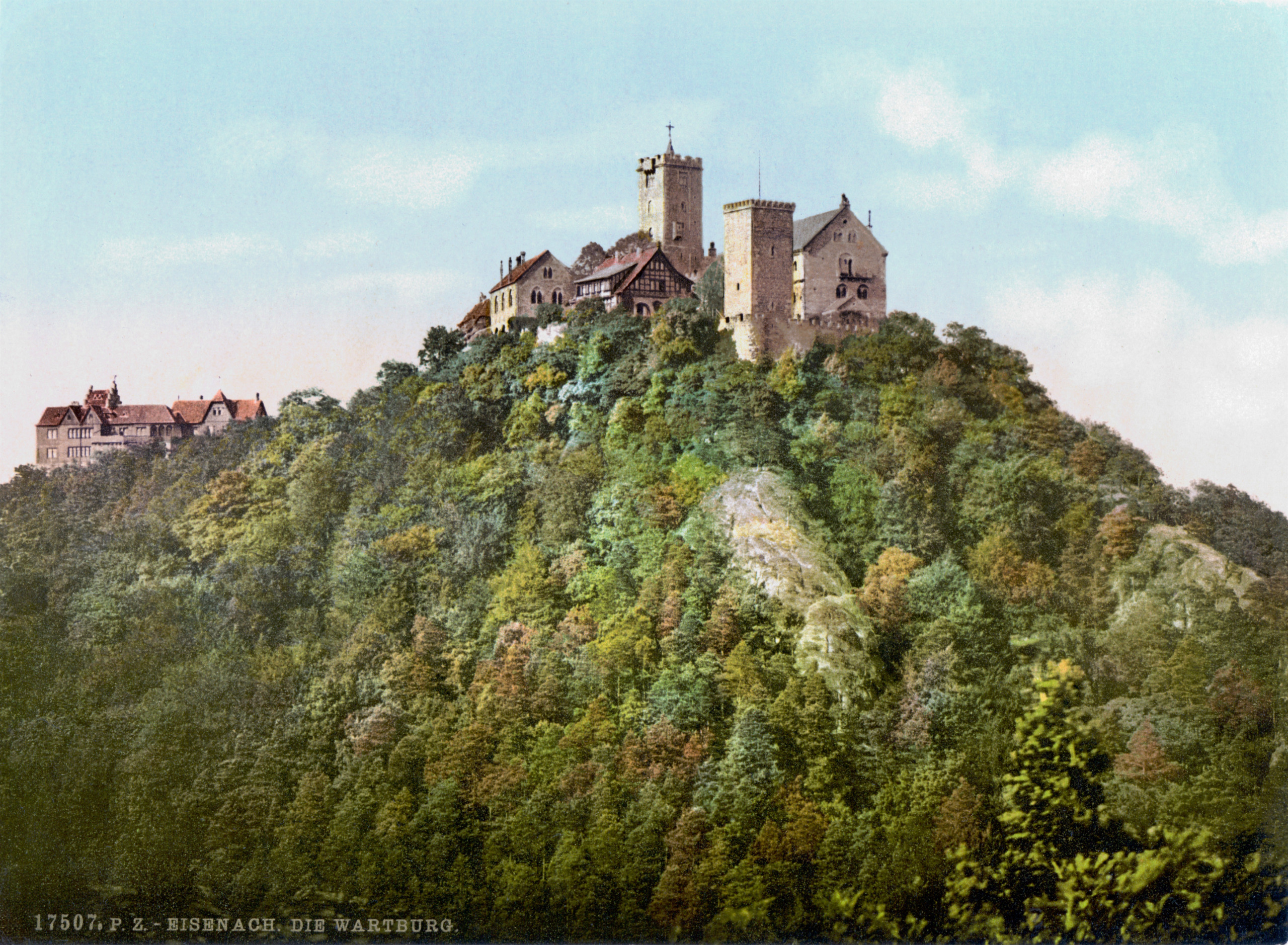
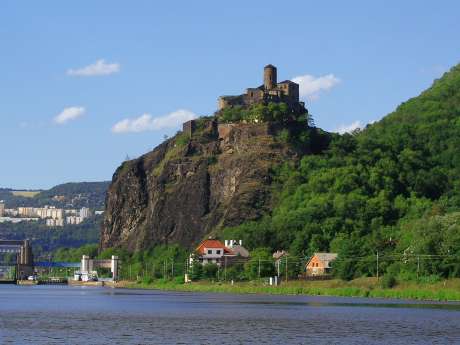
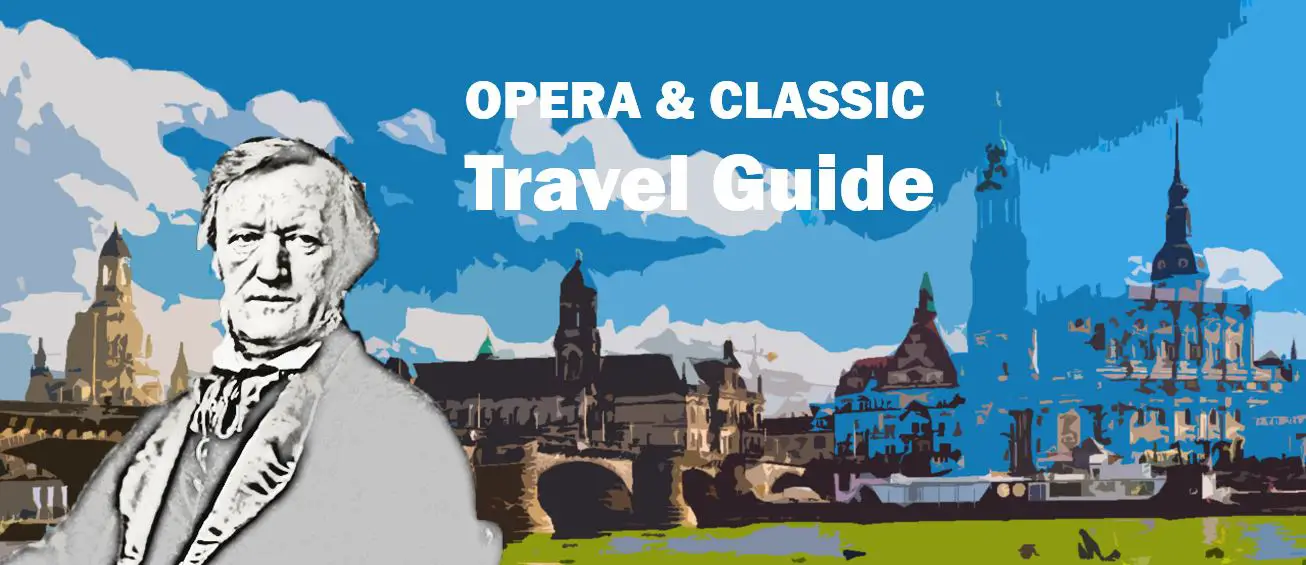
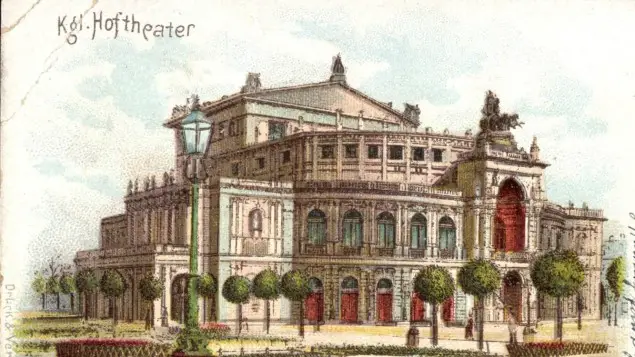
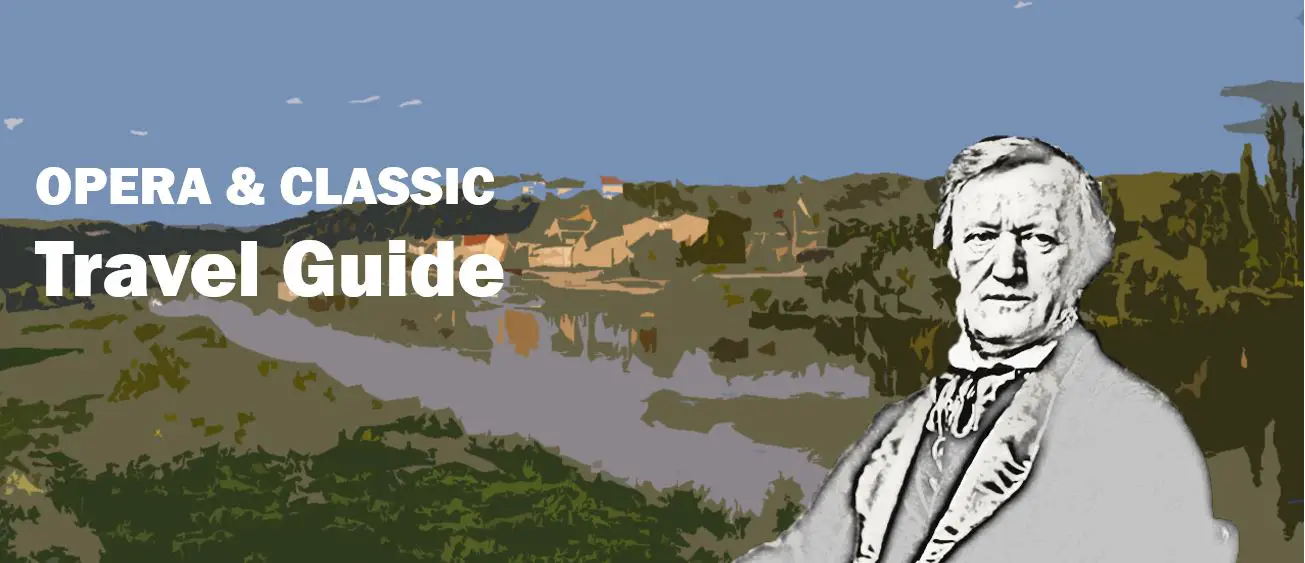
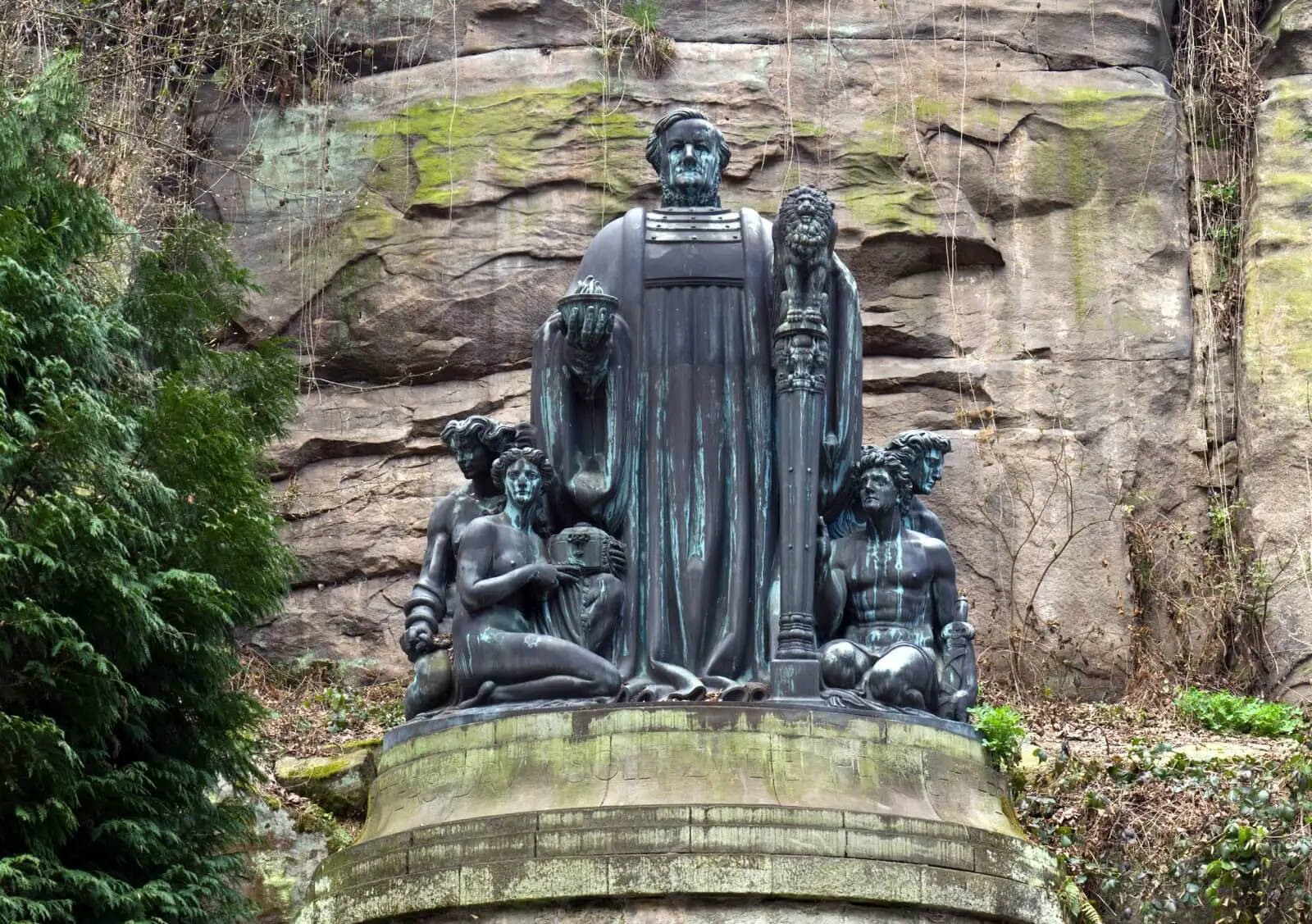
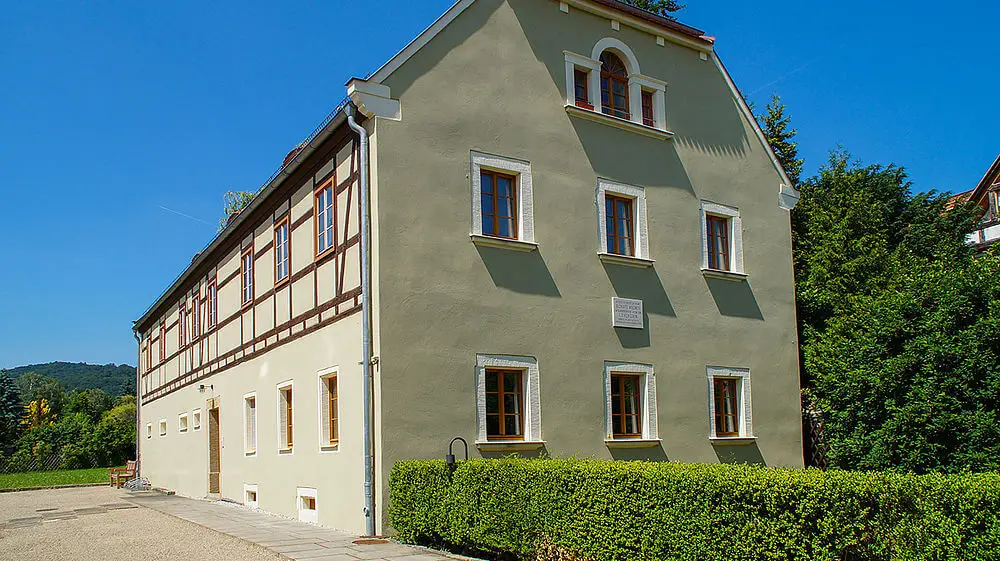


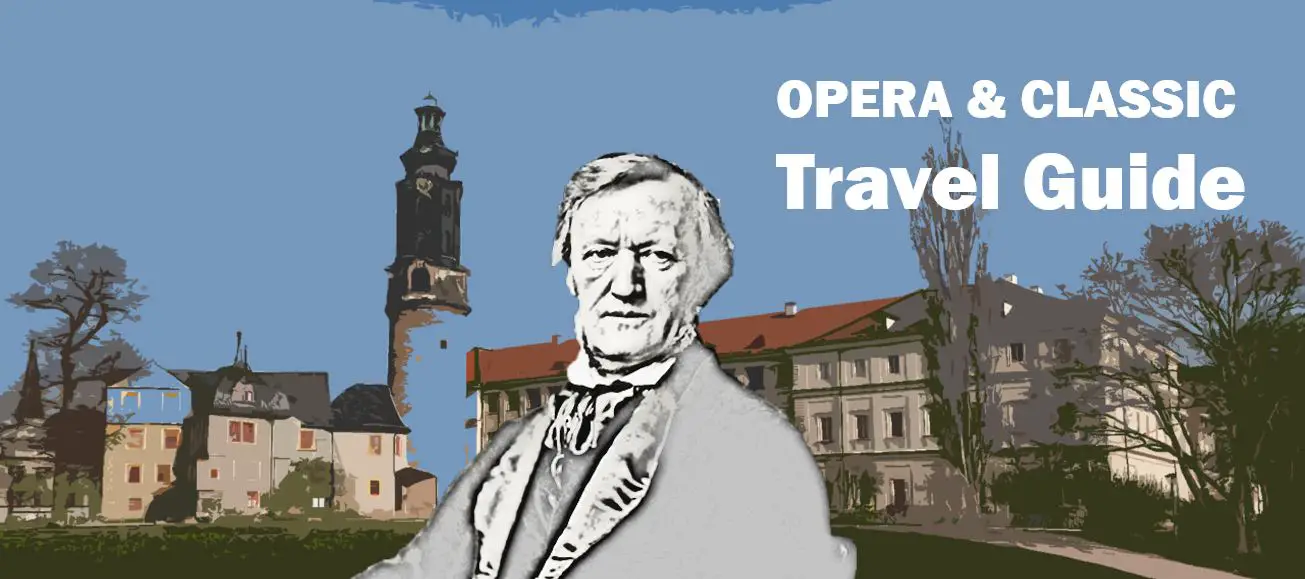
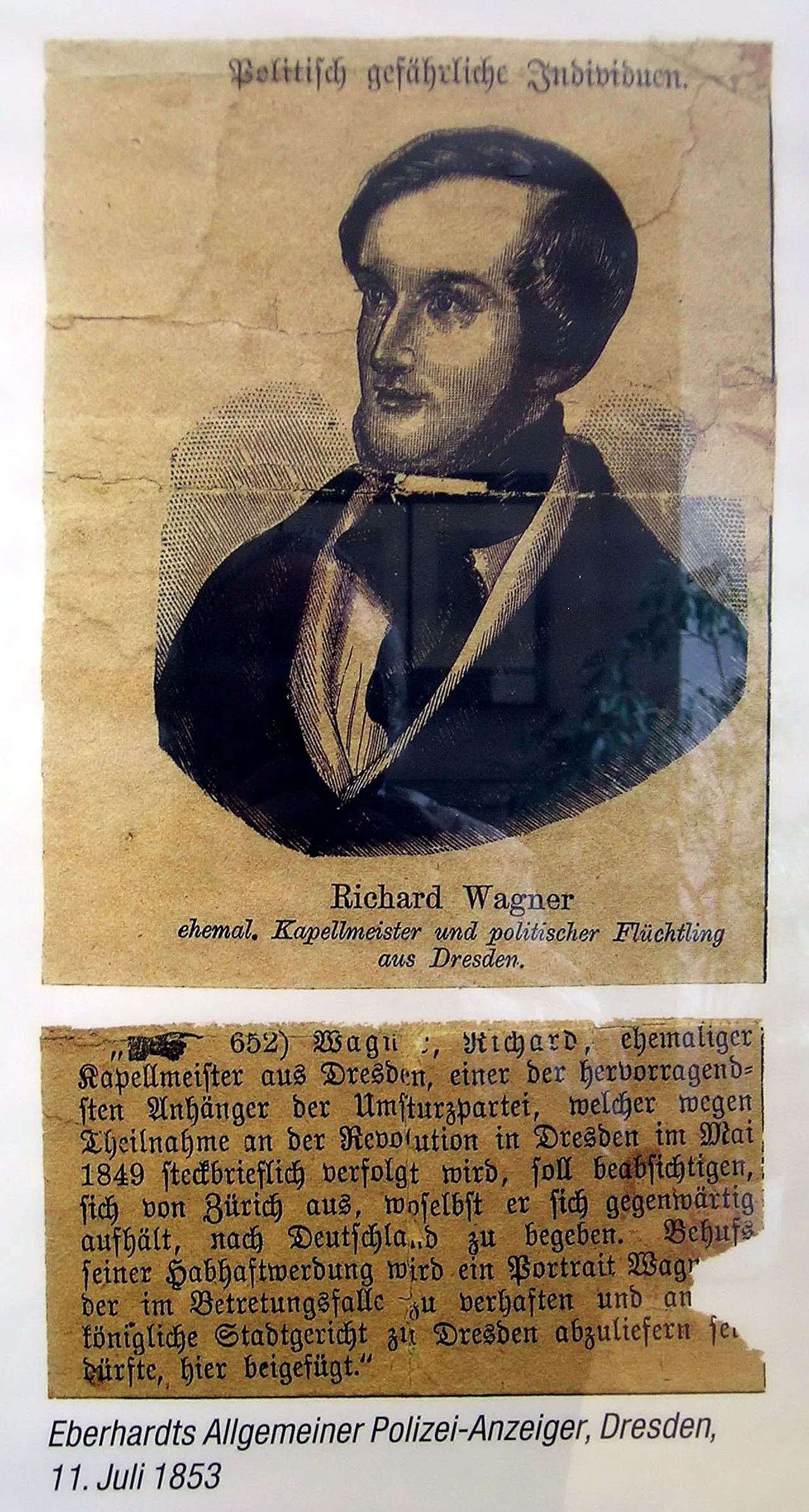
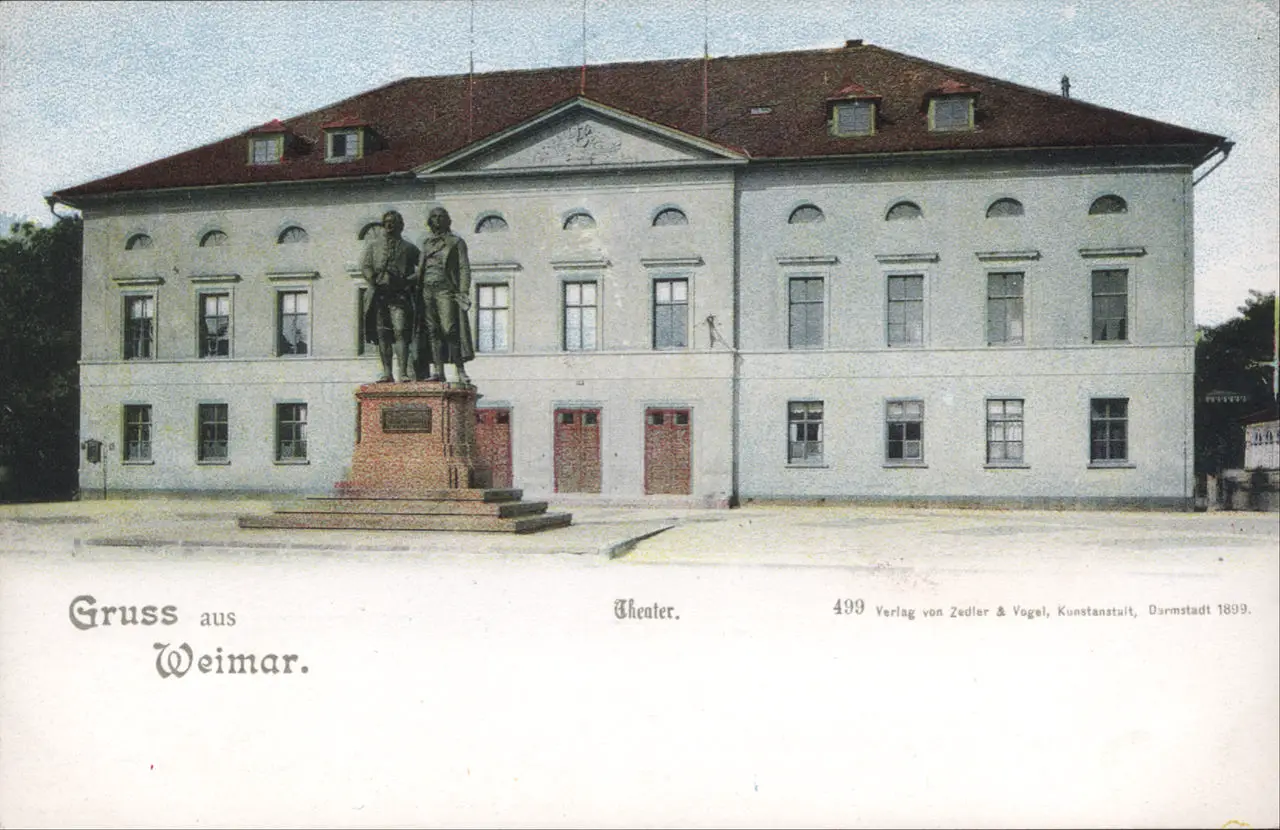
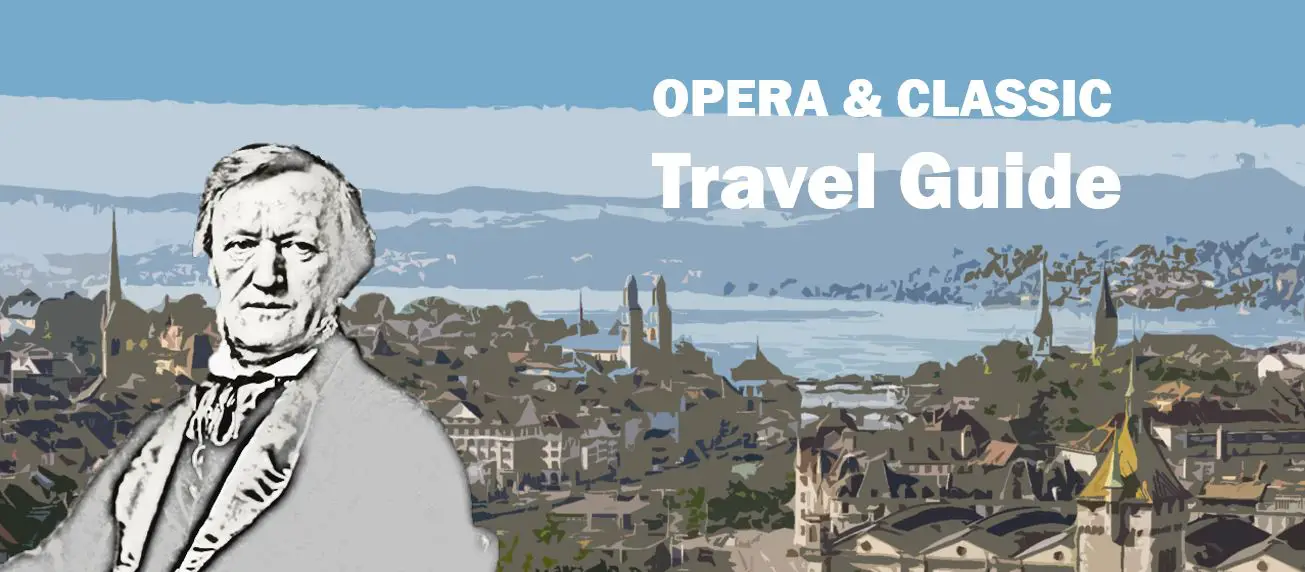
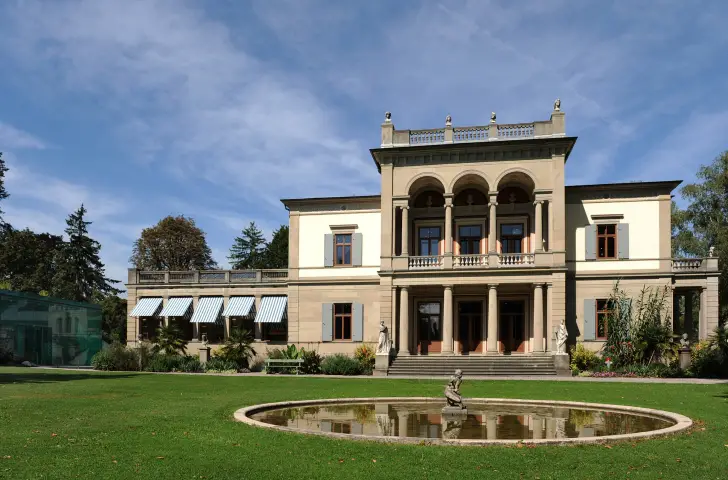

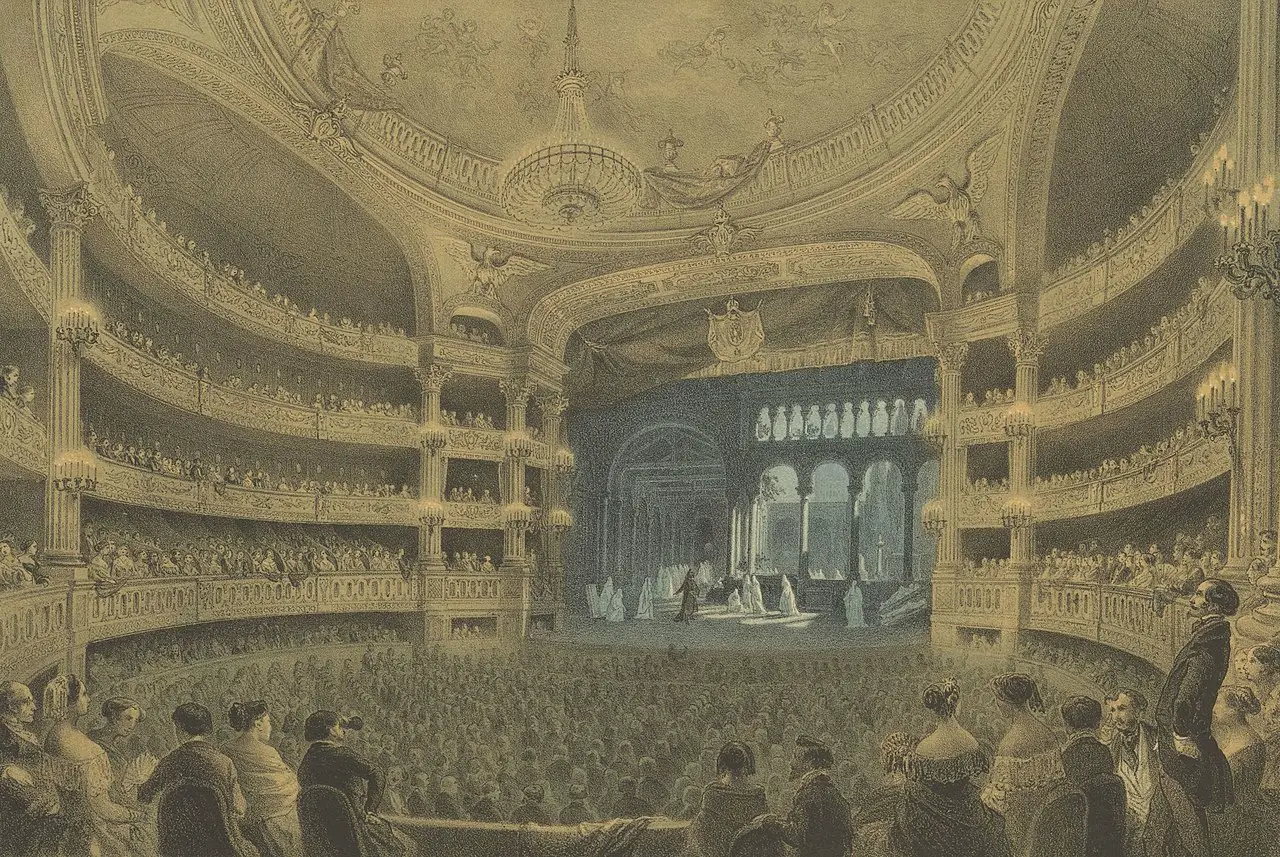
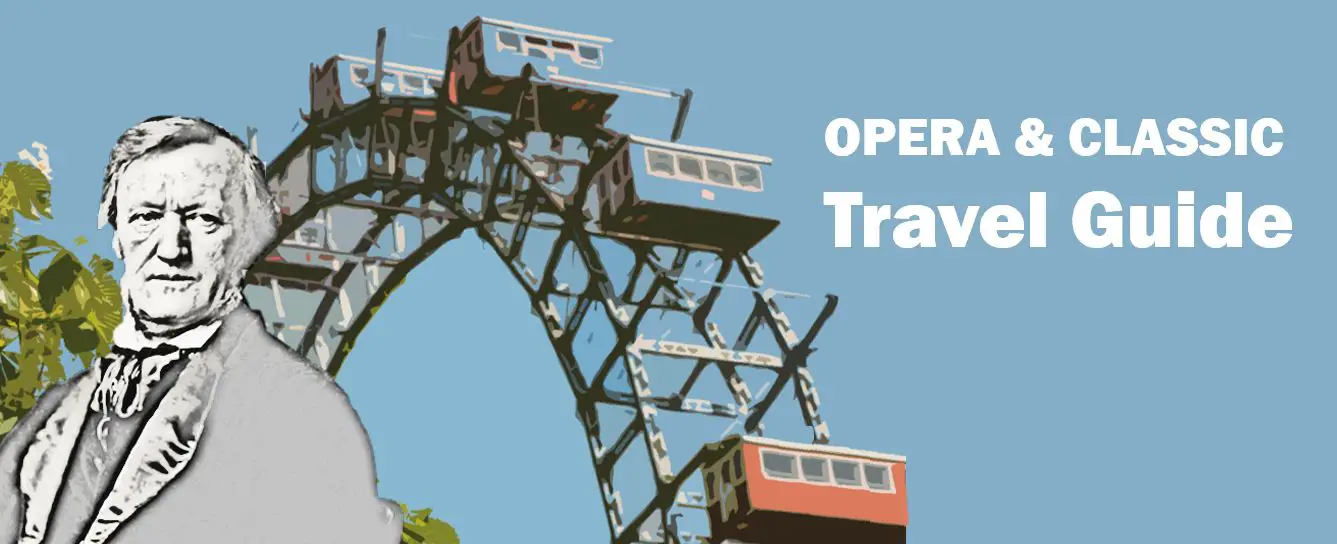
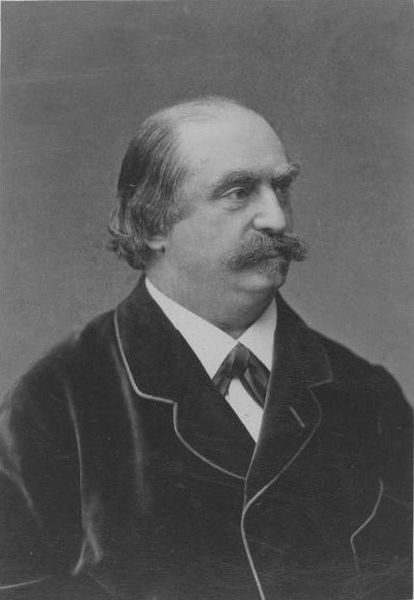
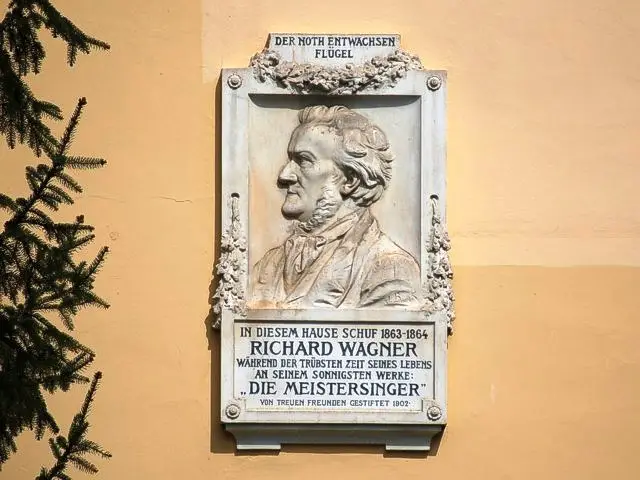
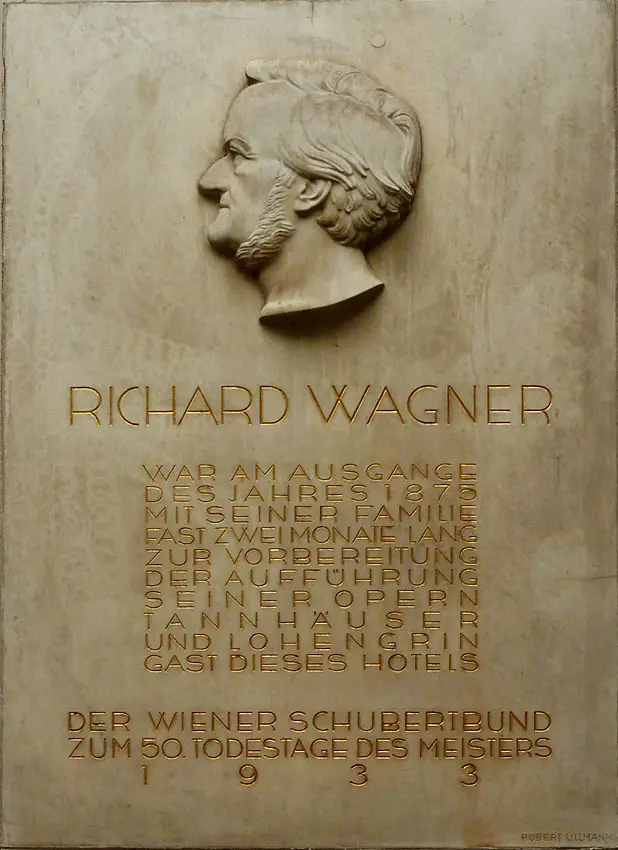
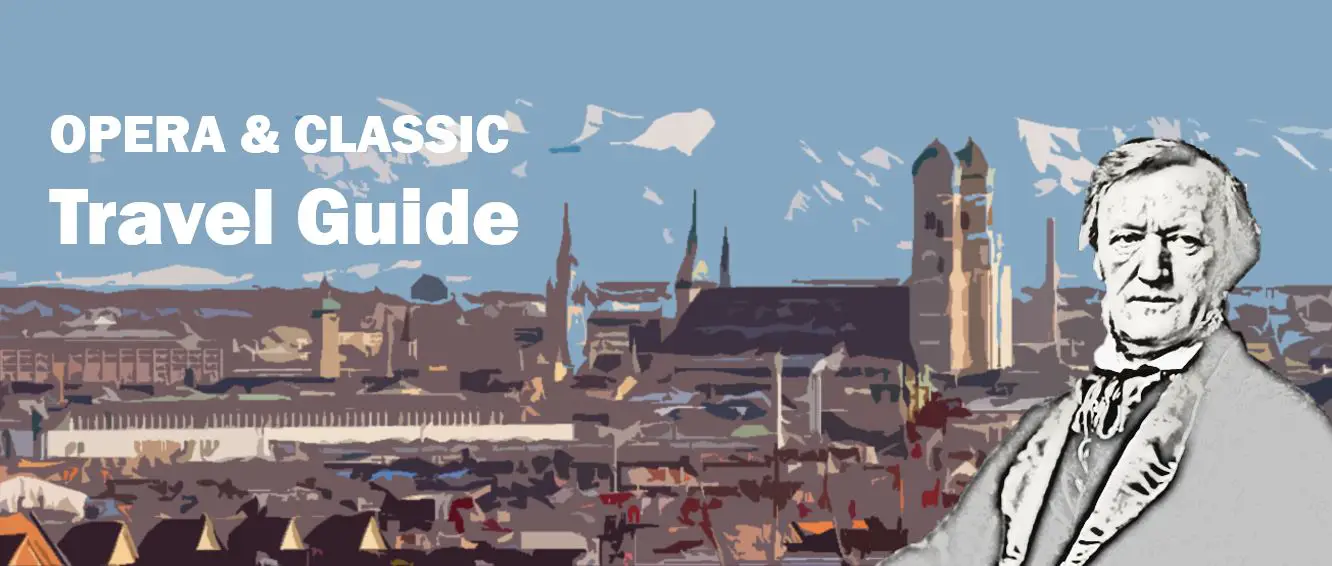
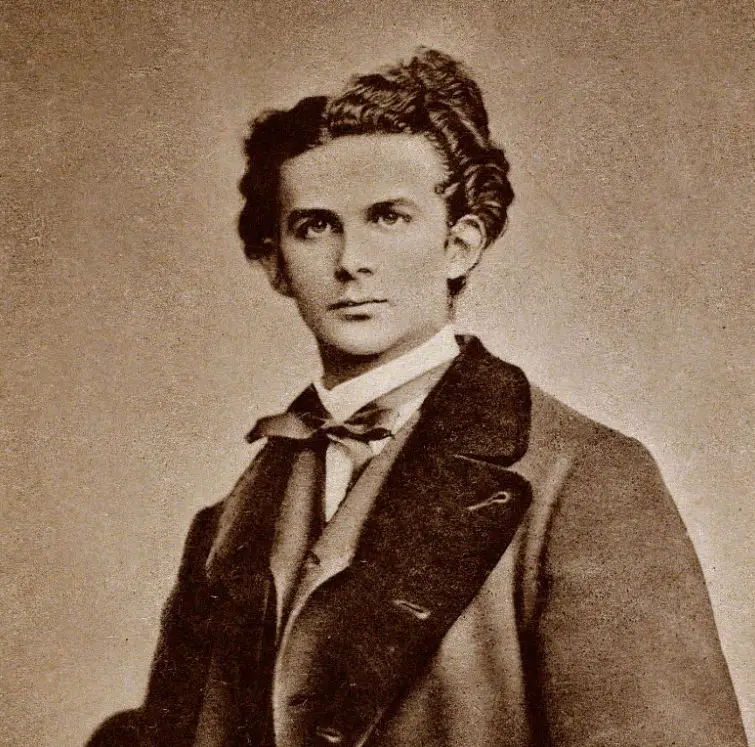
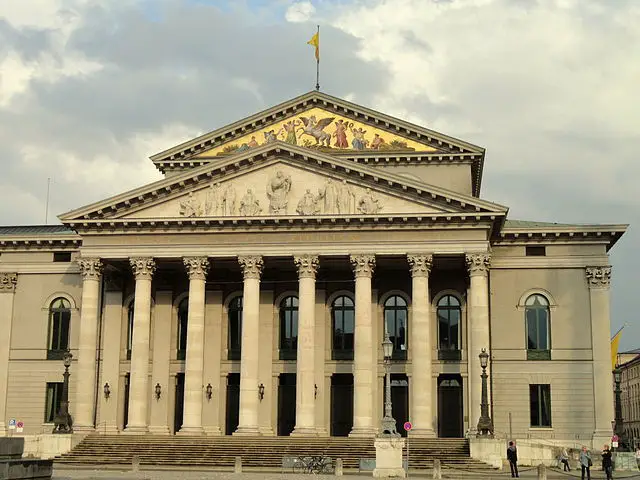
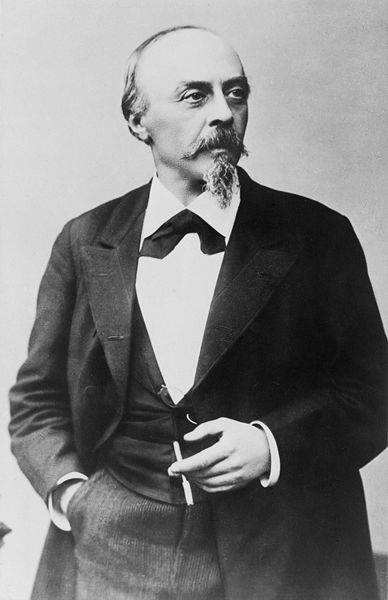
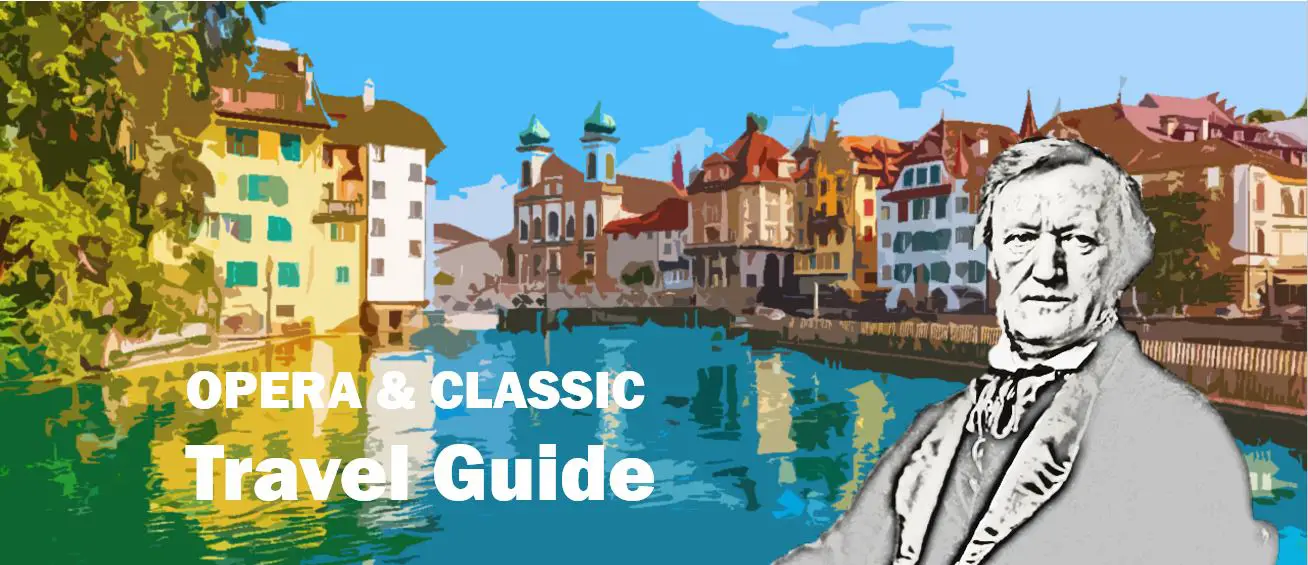
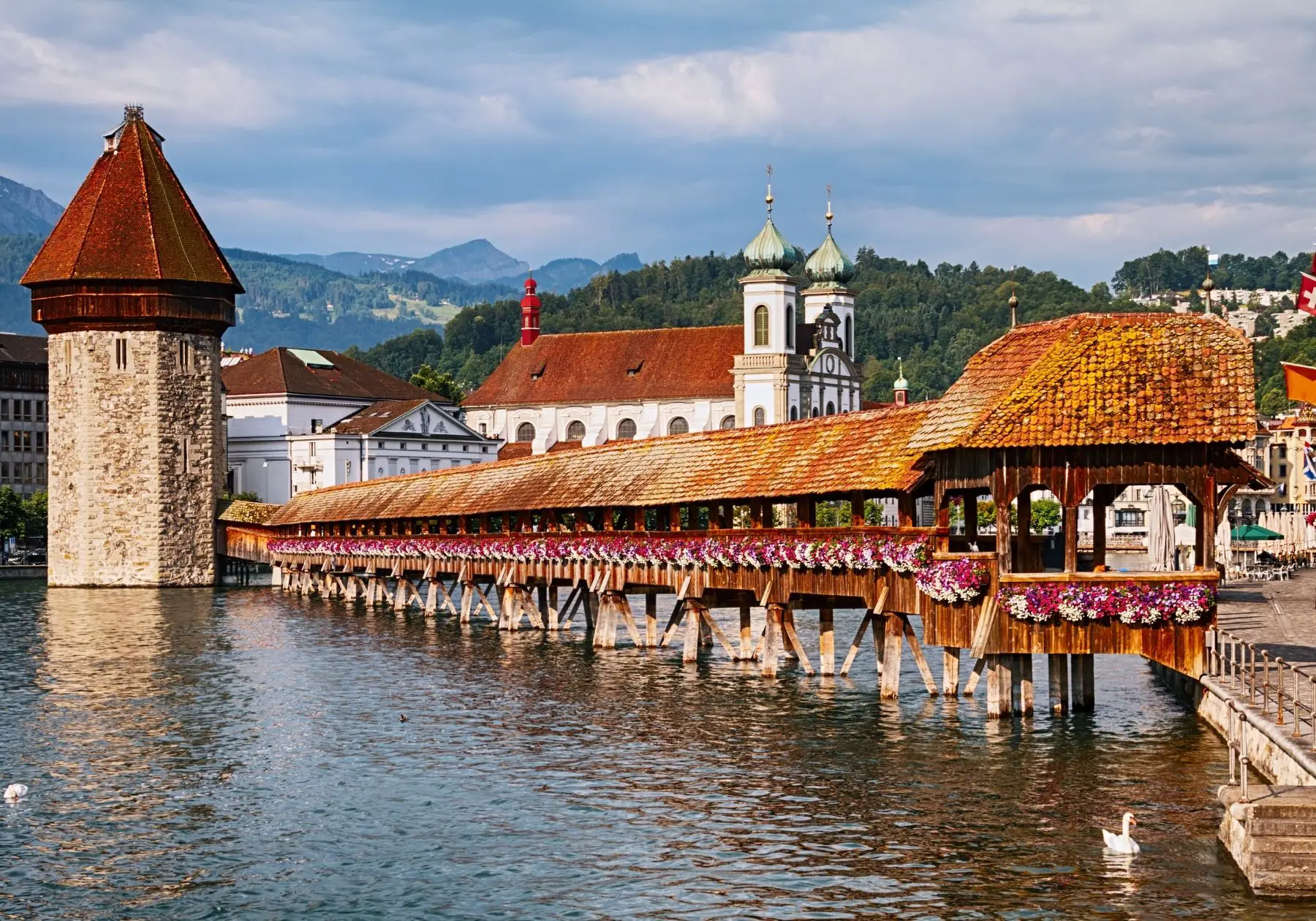
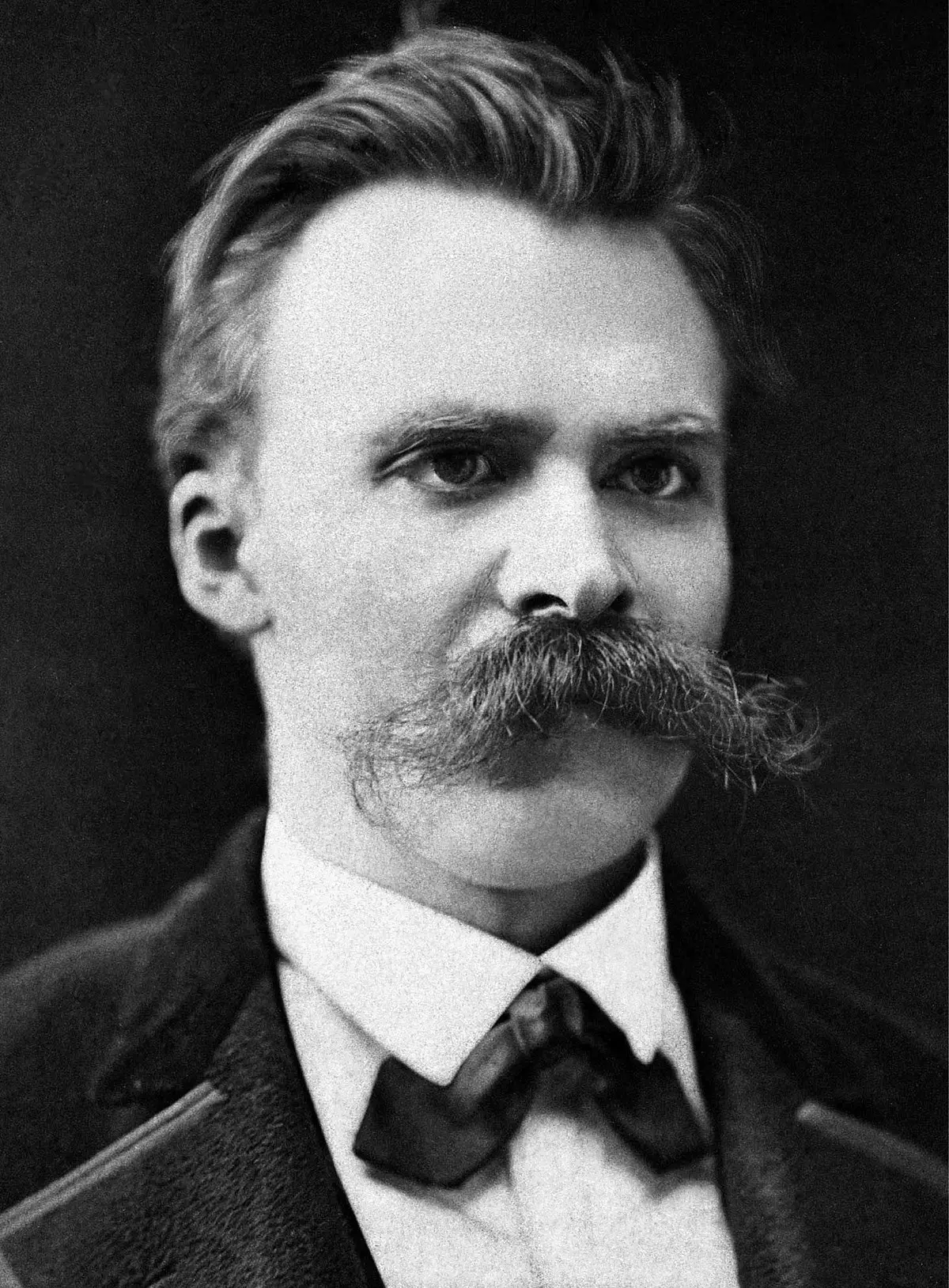
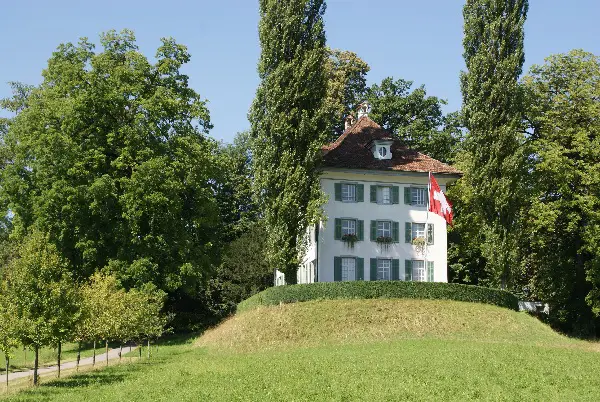
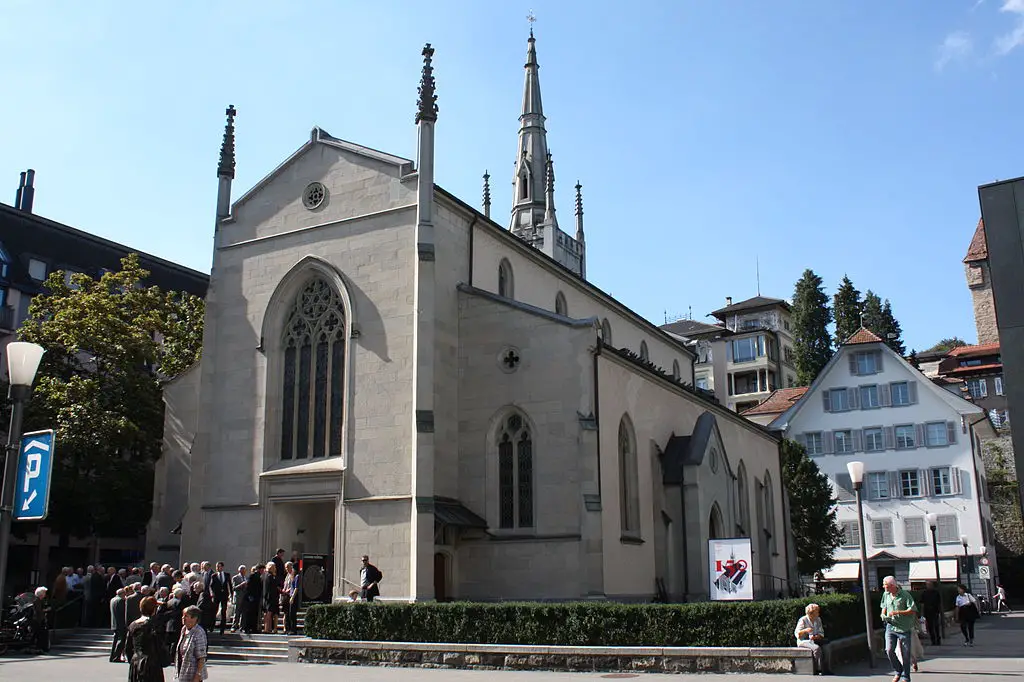
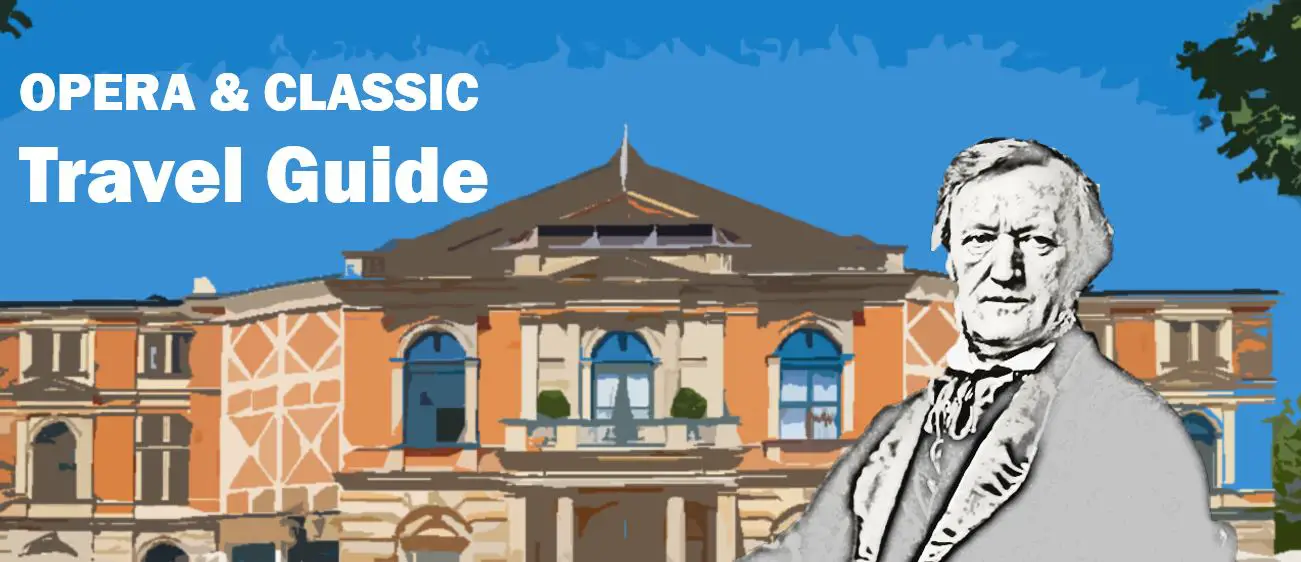
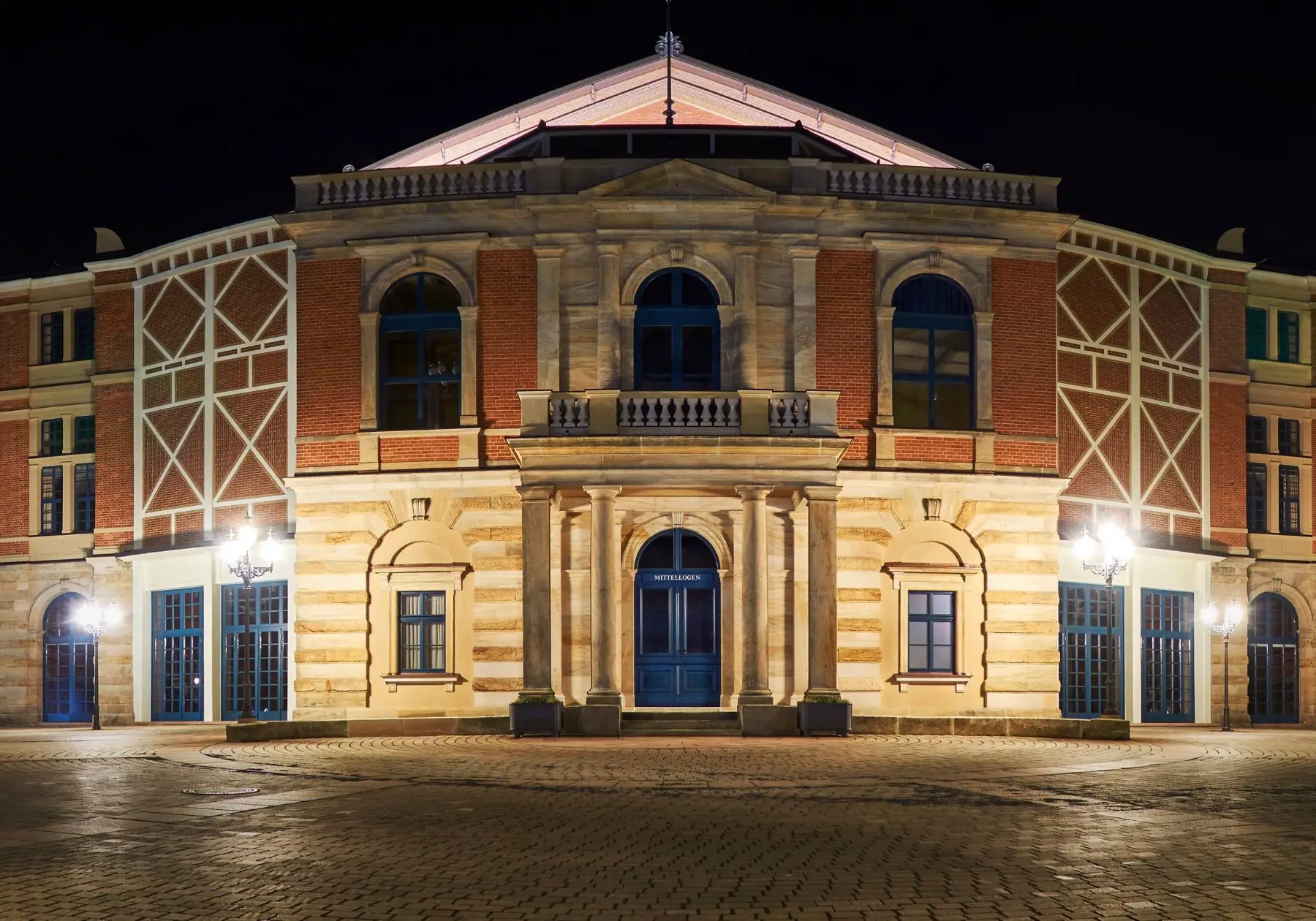
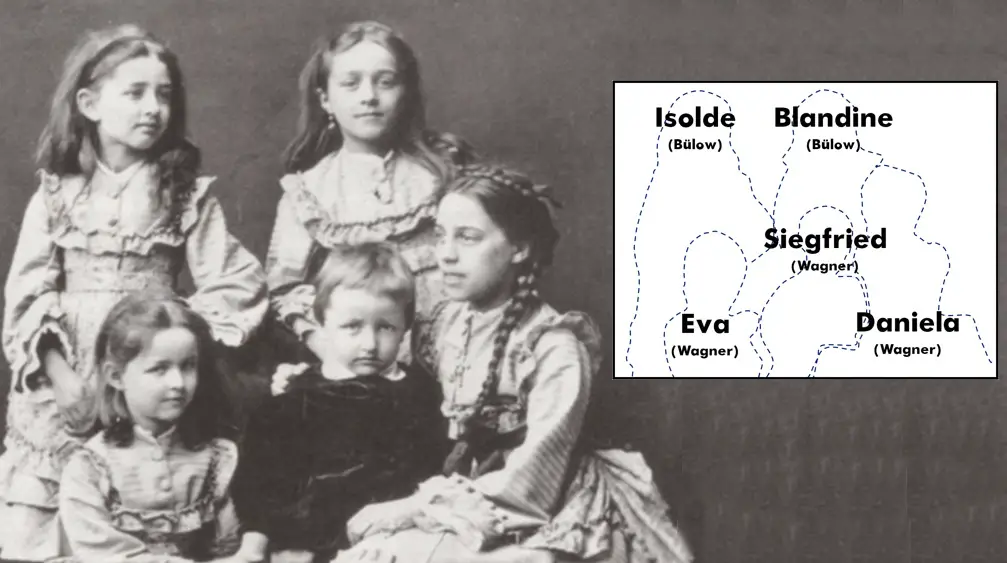
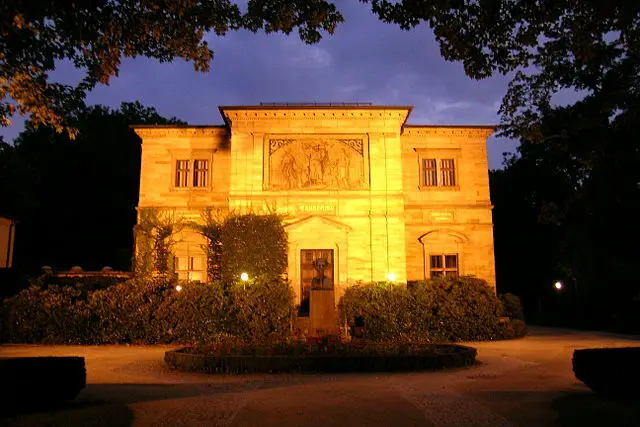

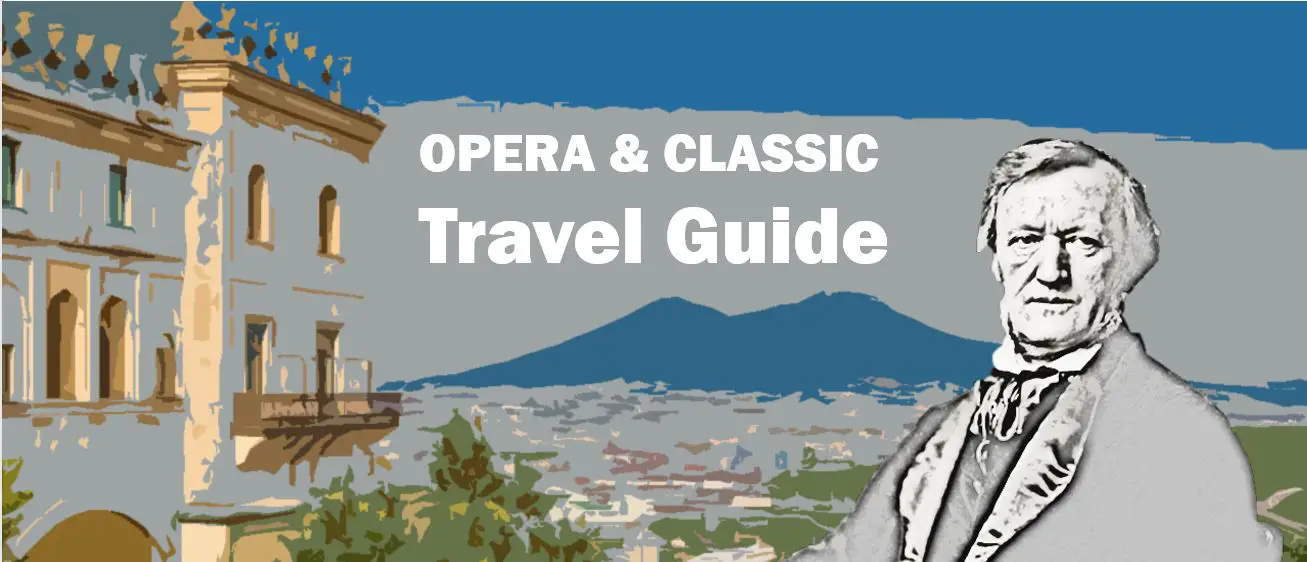
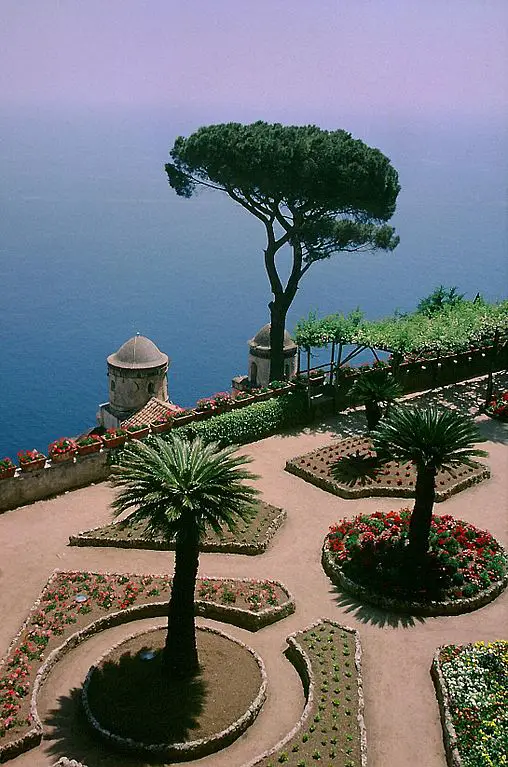
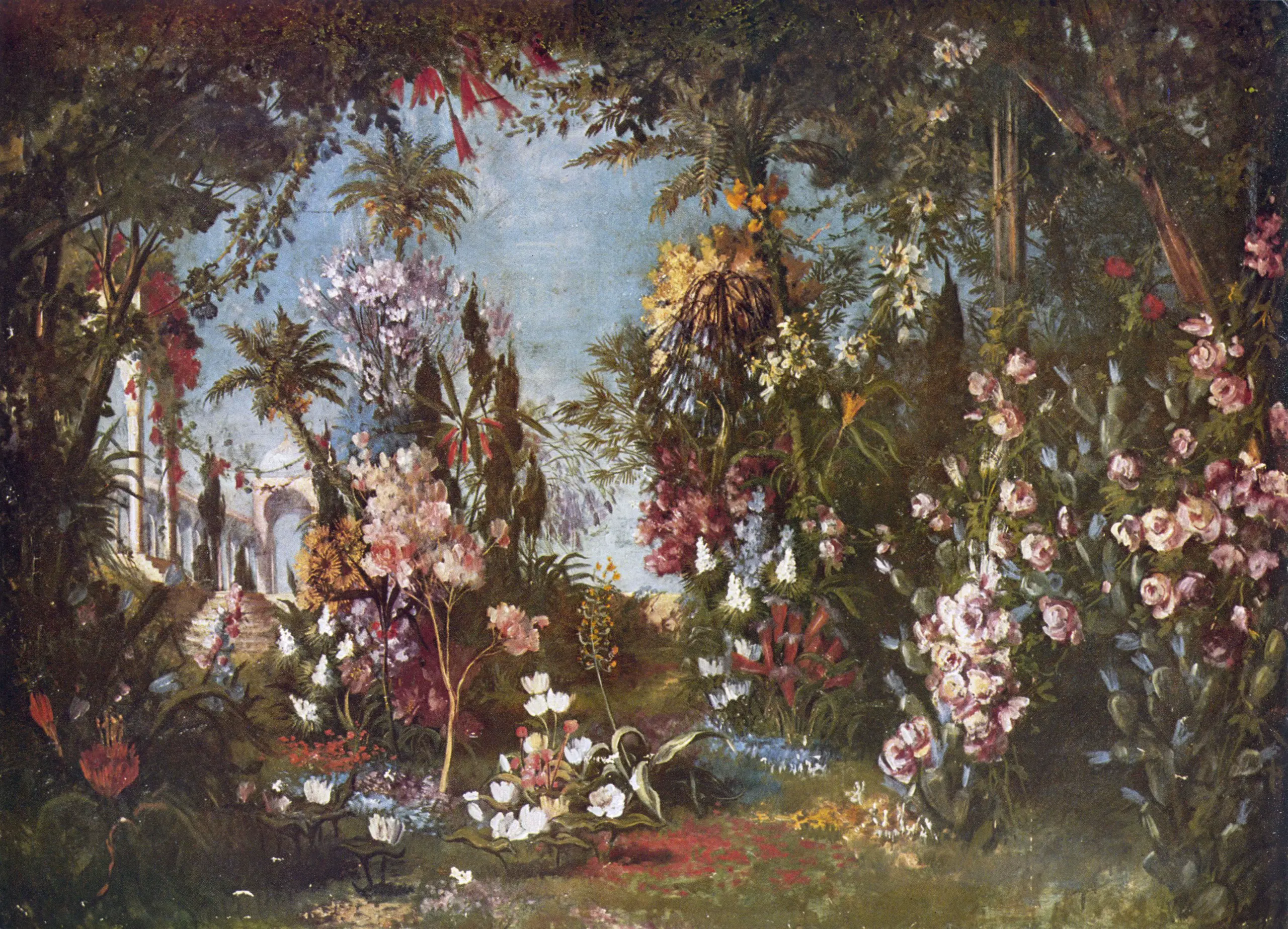
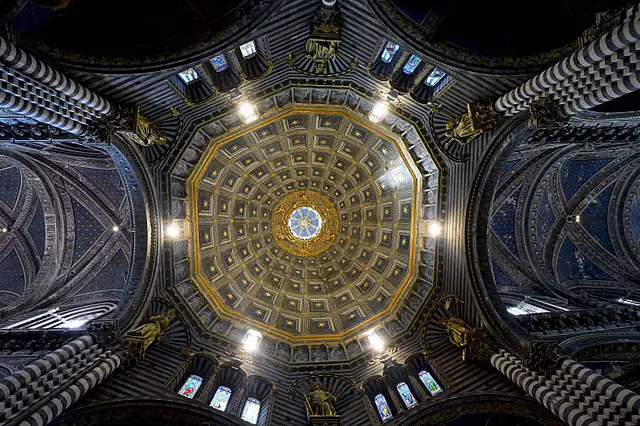
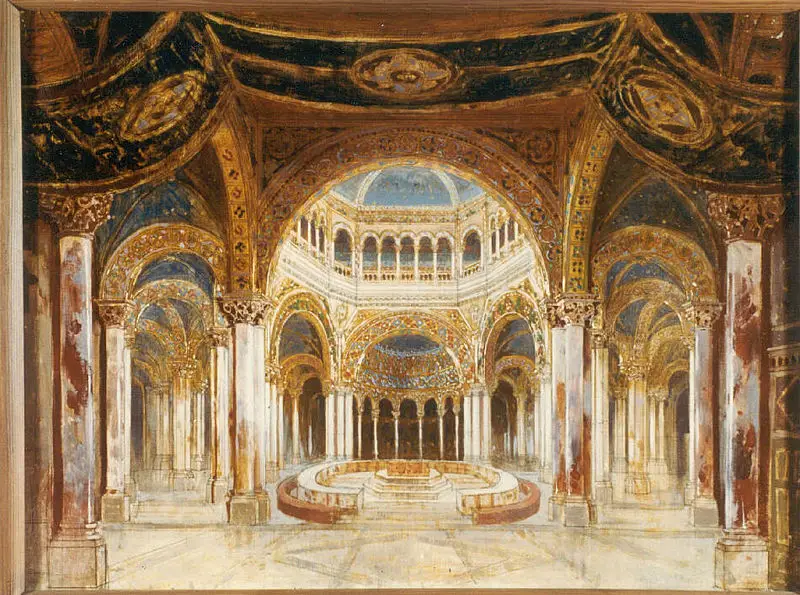
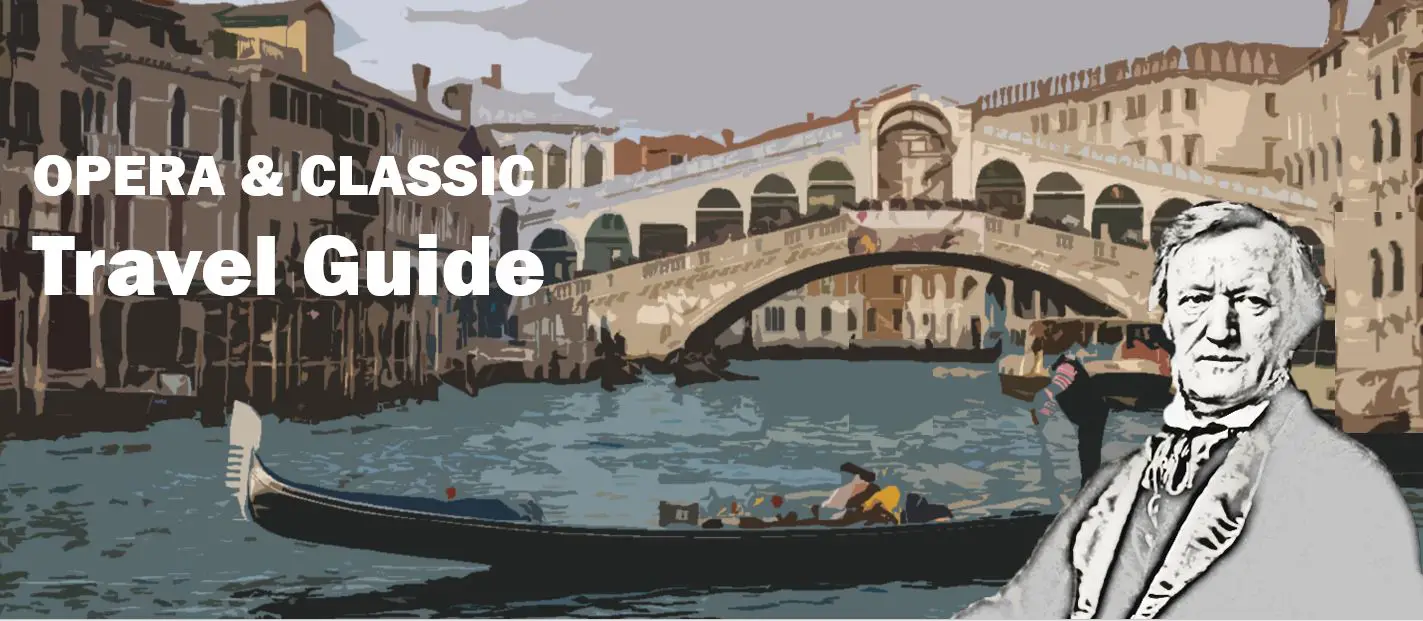
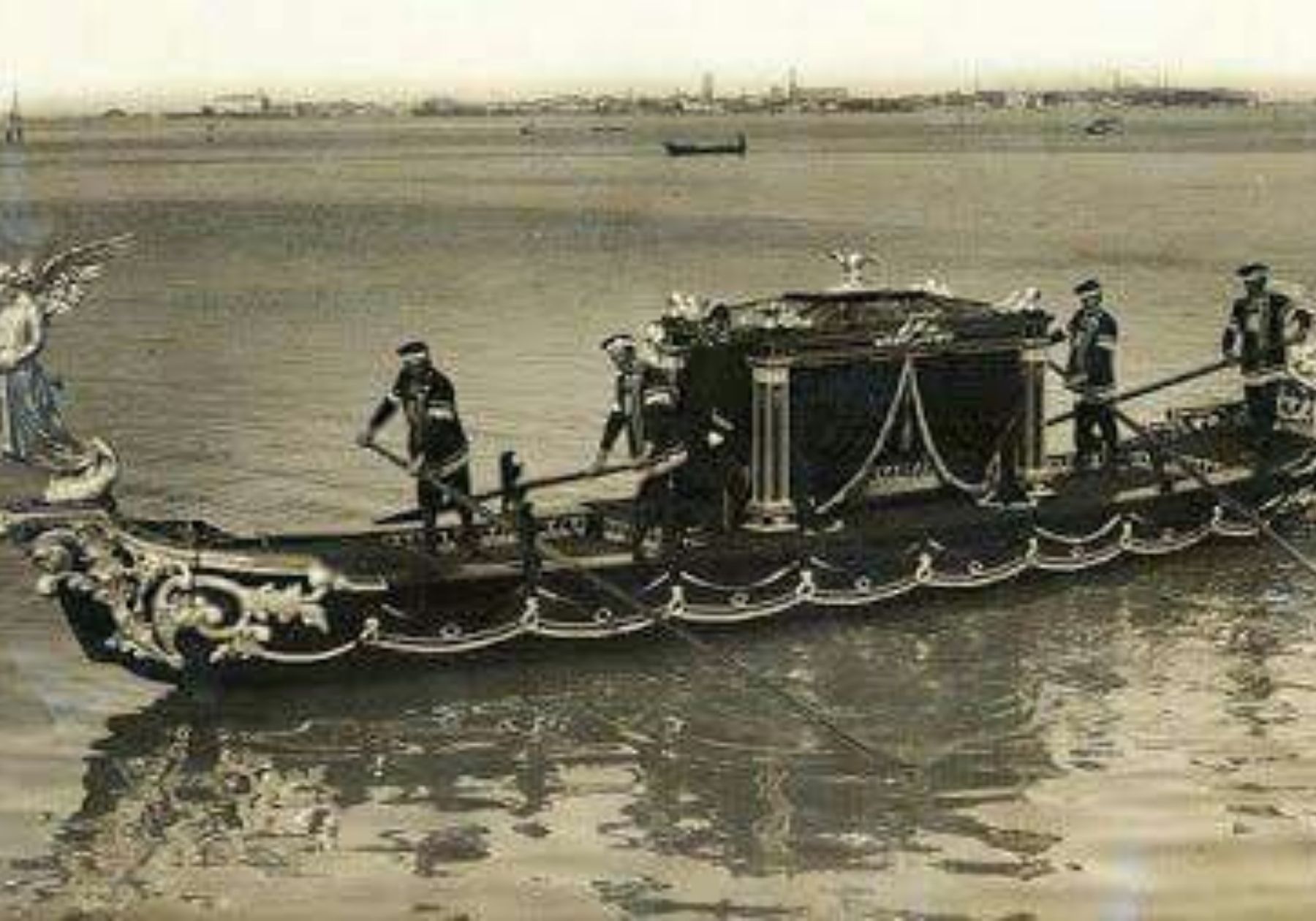
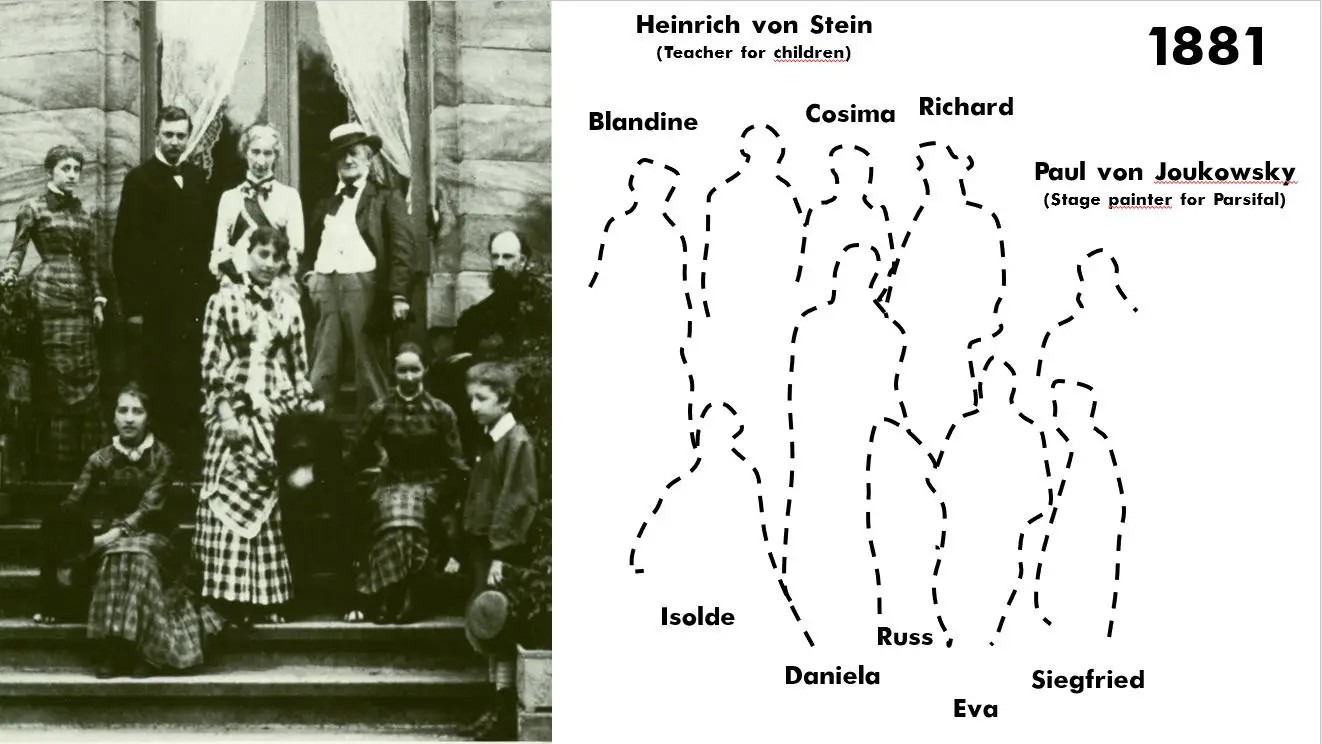
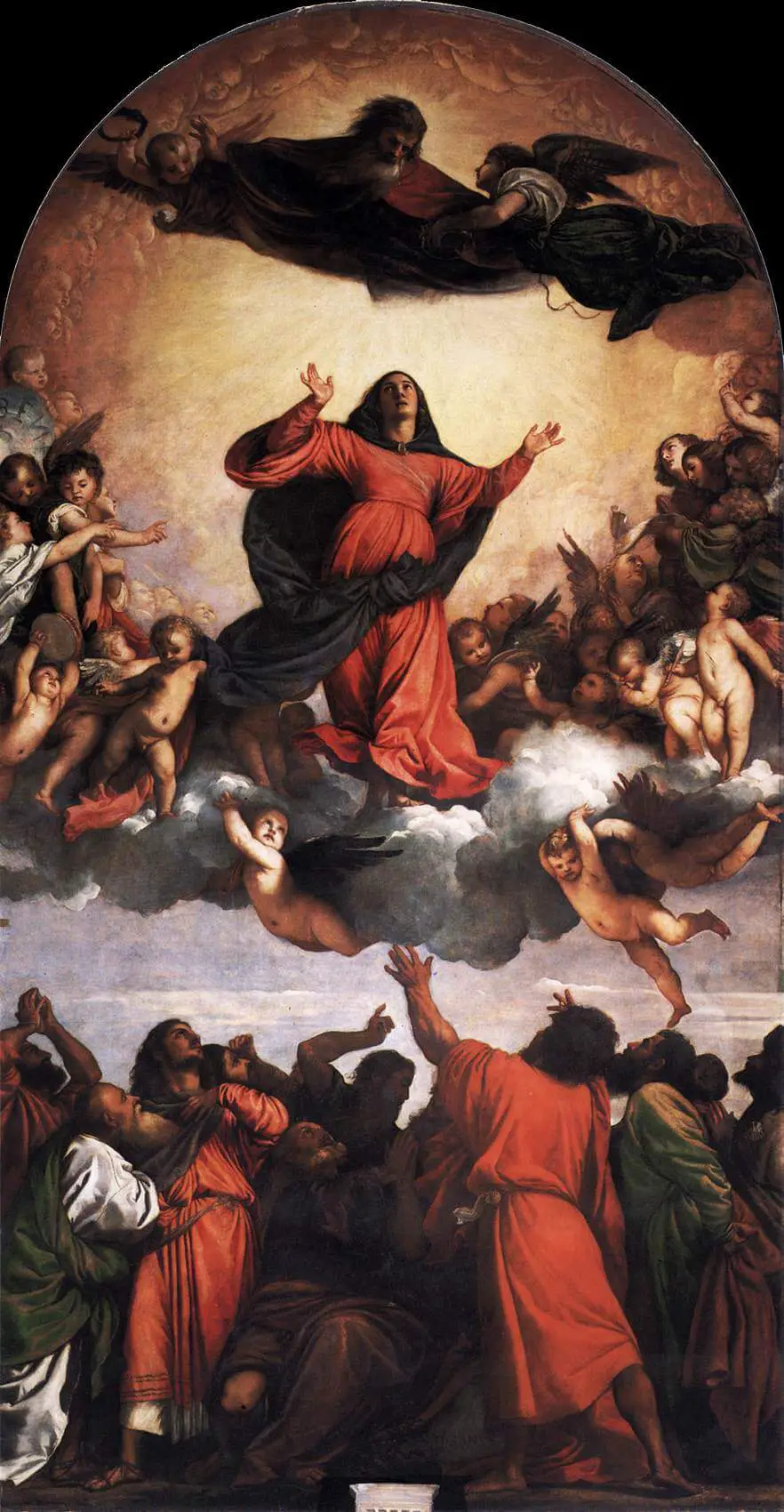
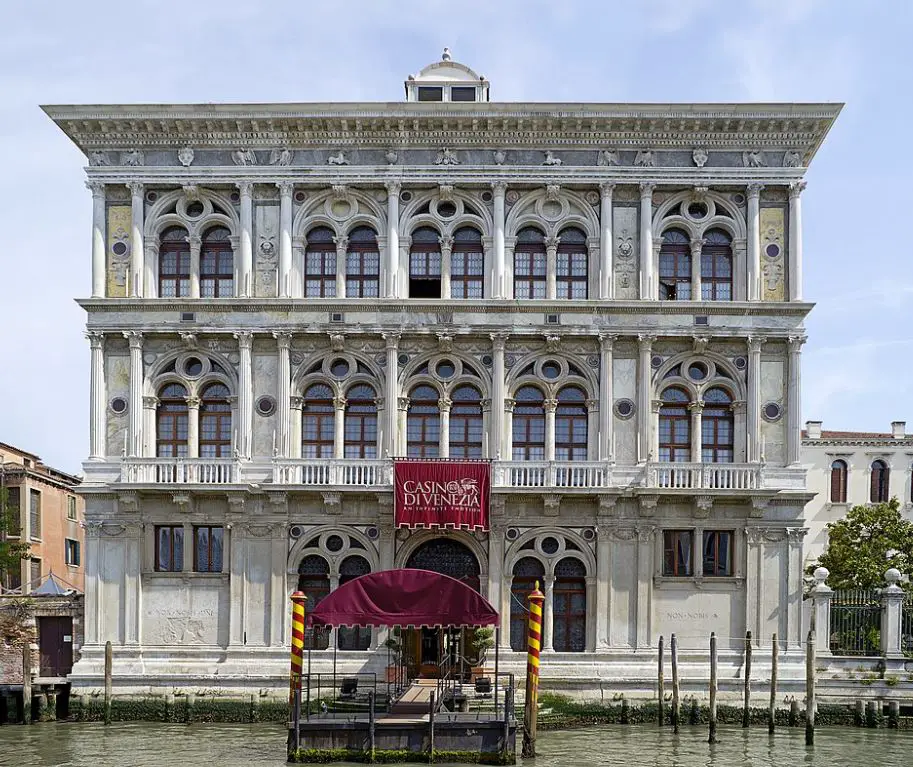
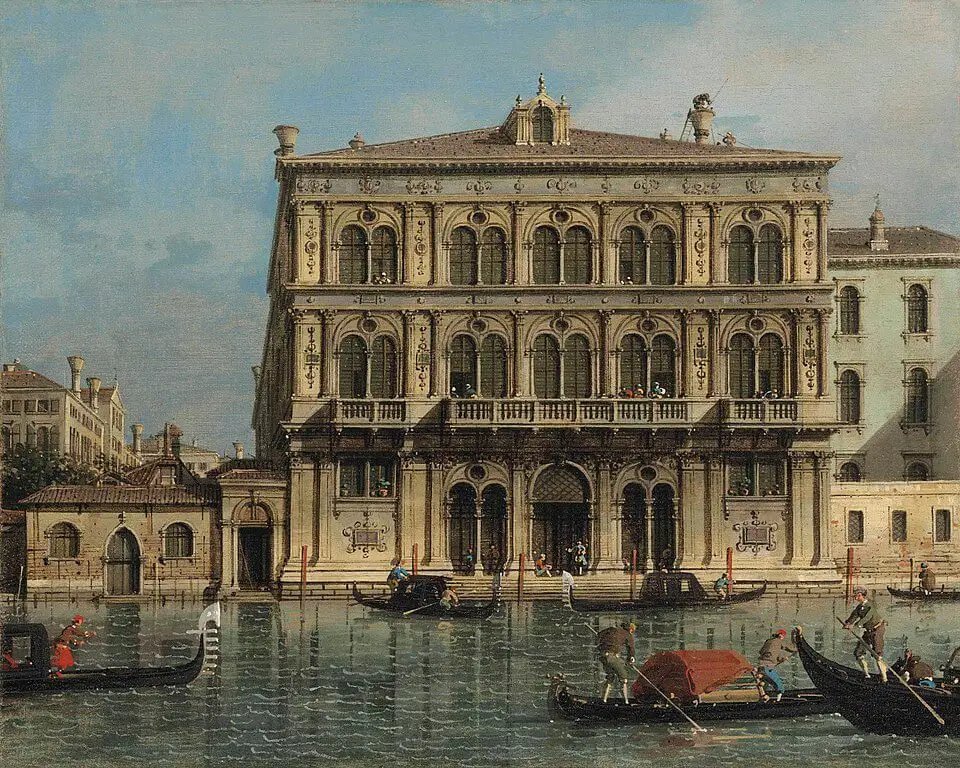
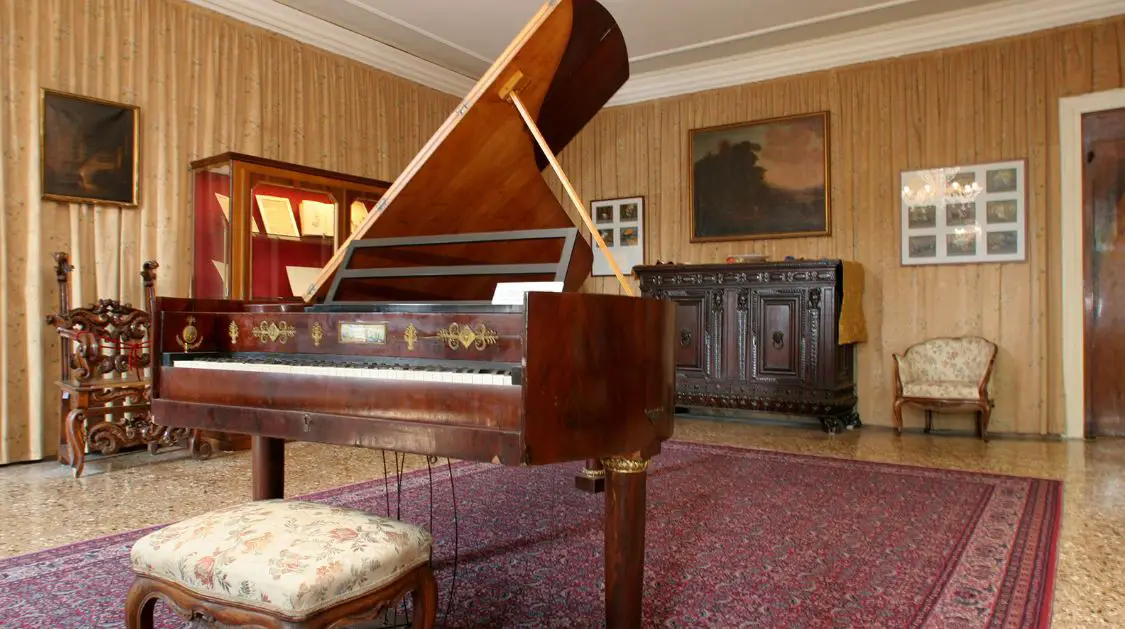
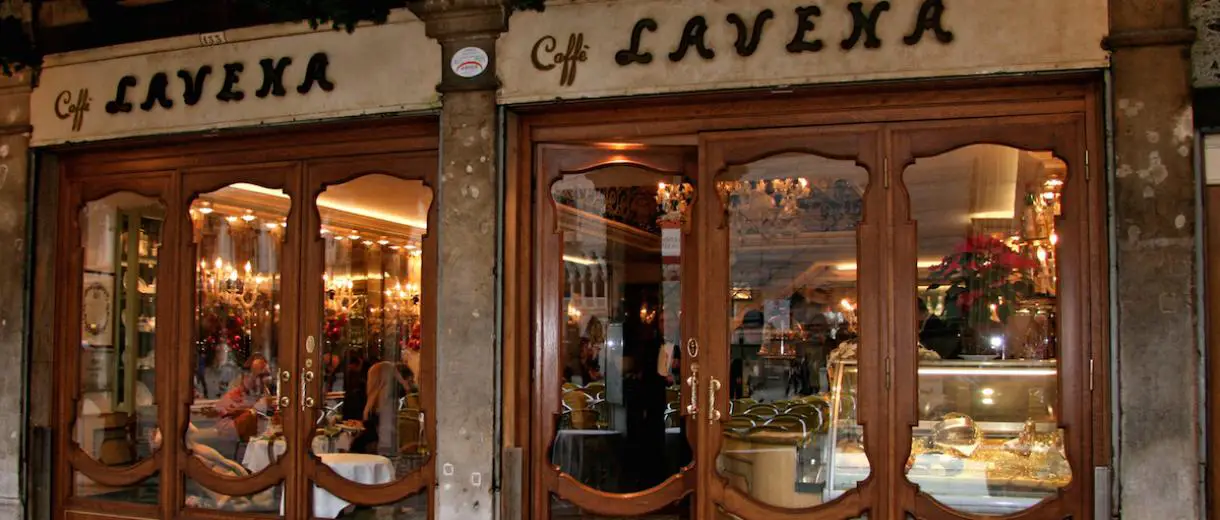


Leave a Reply
Want to join the discussion?Feel free to contribute!